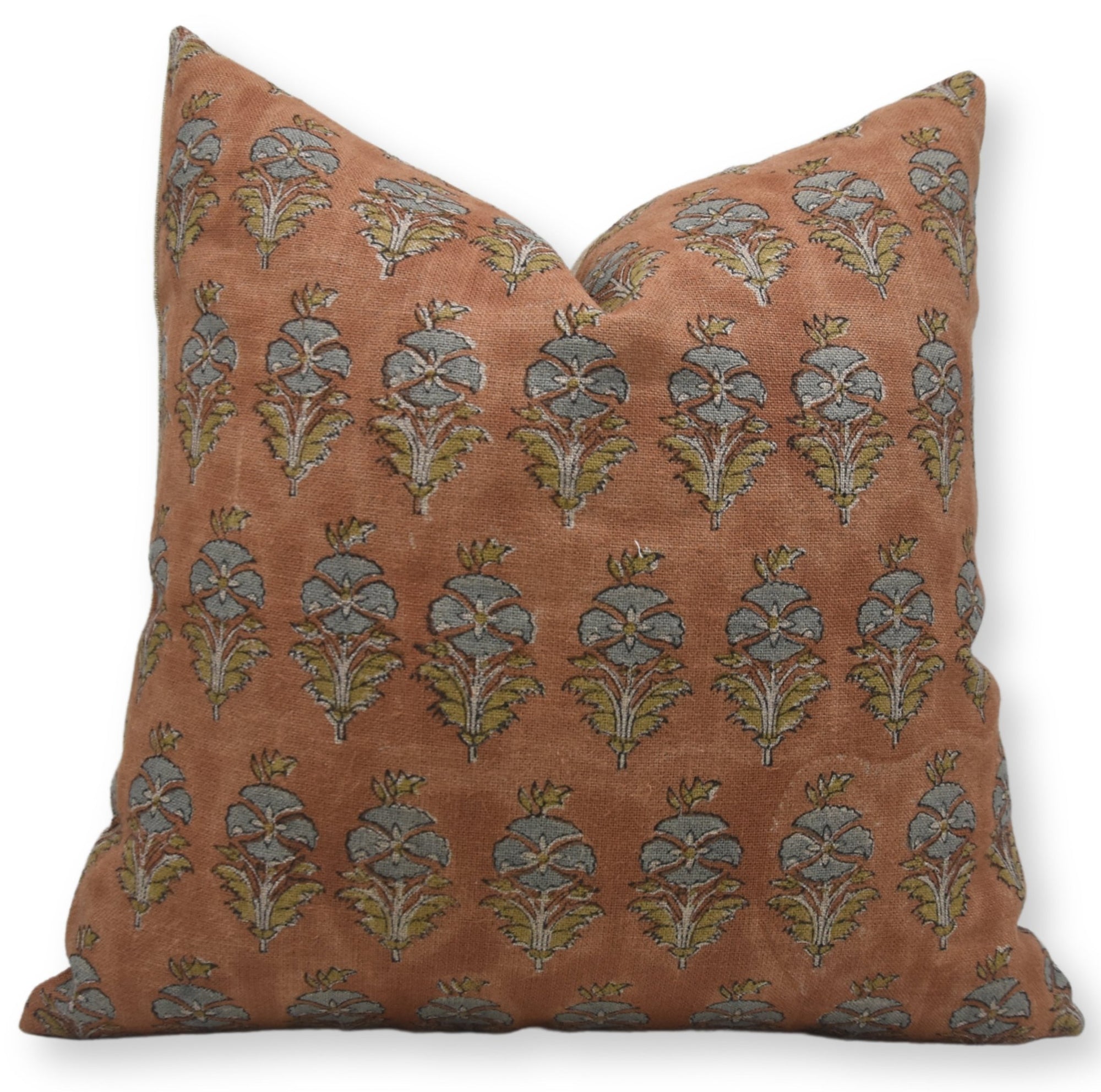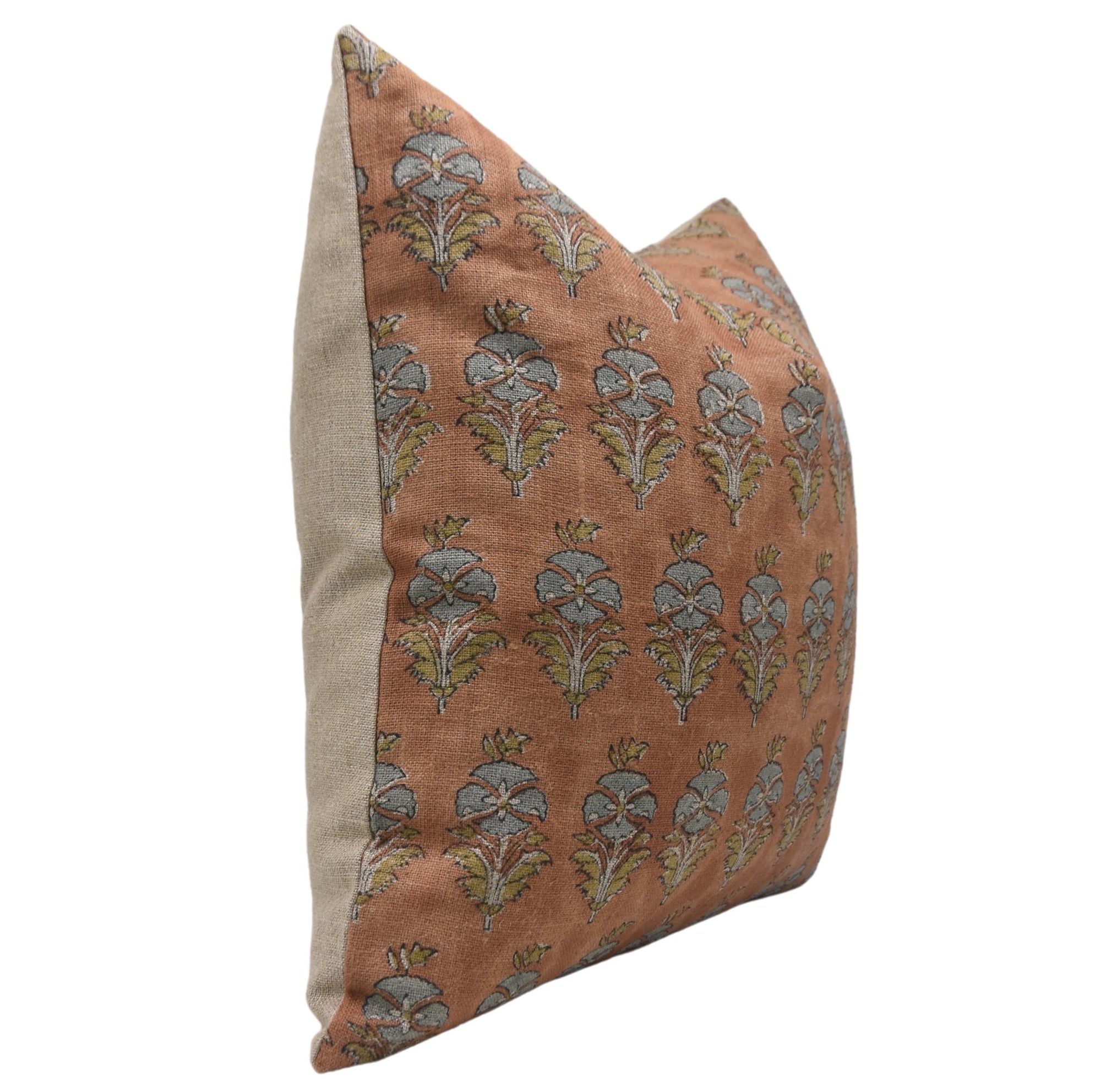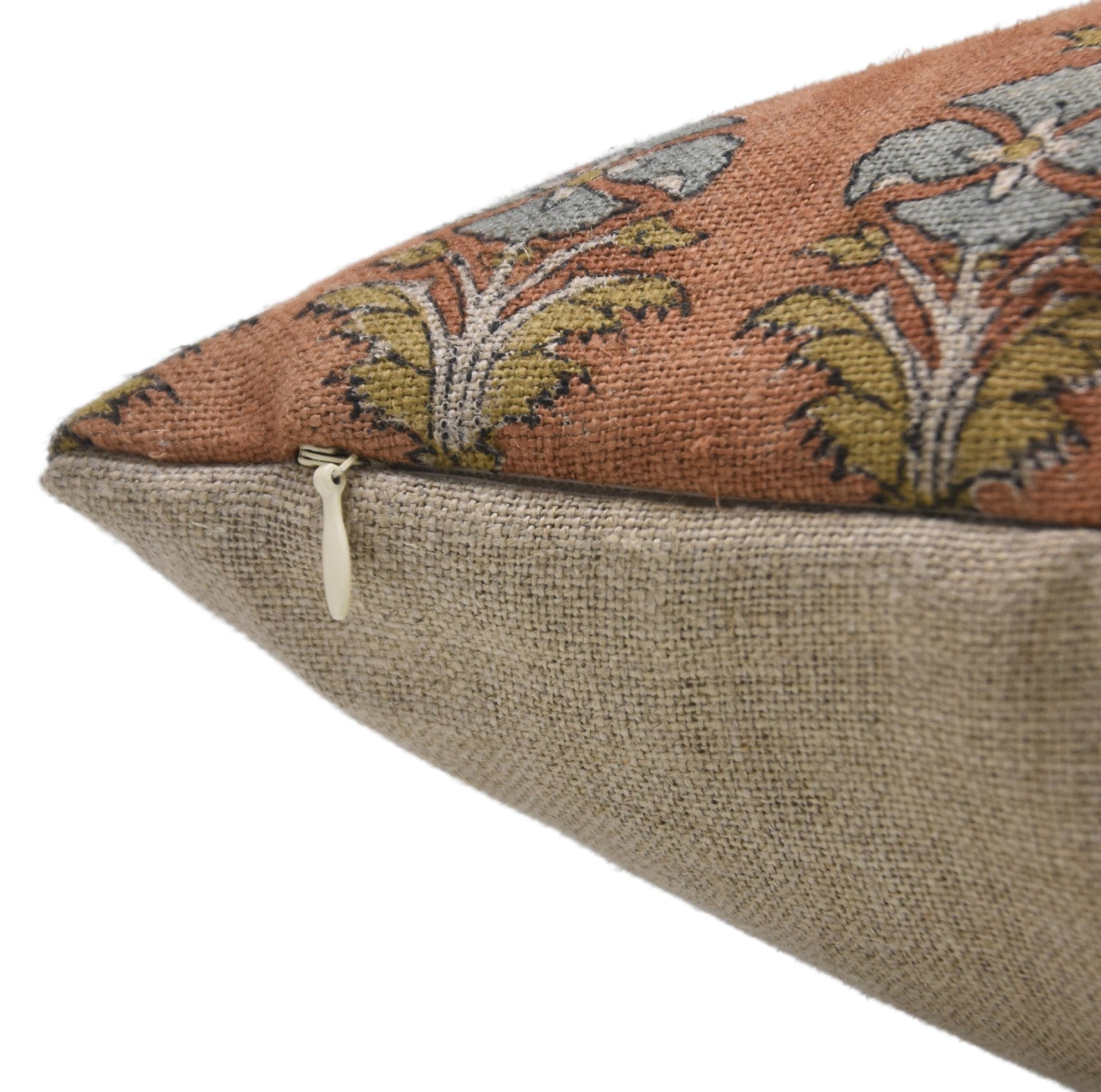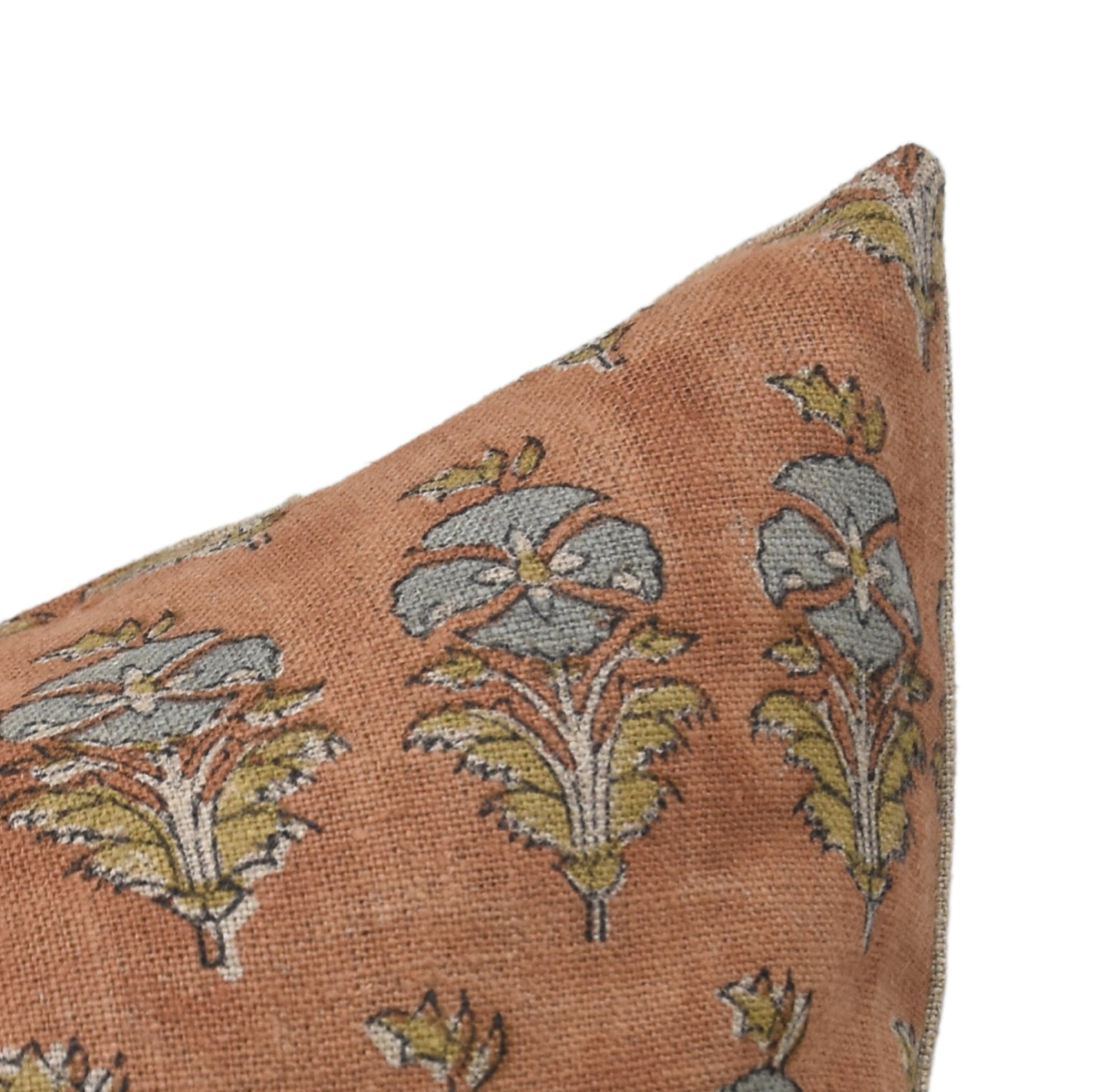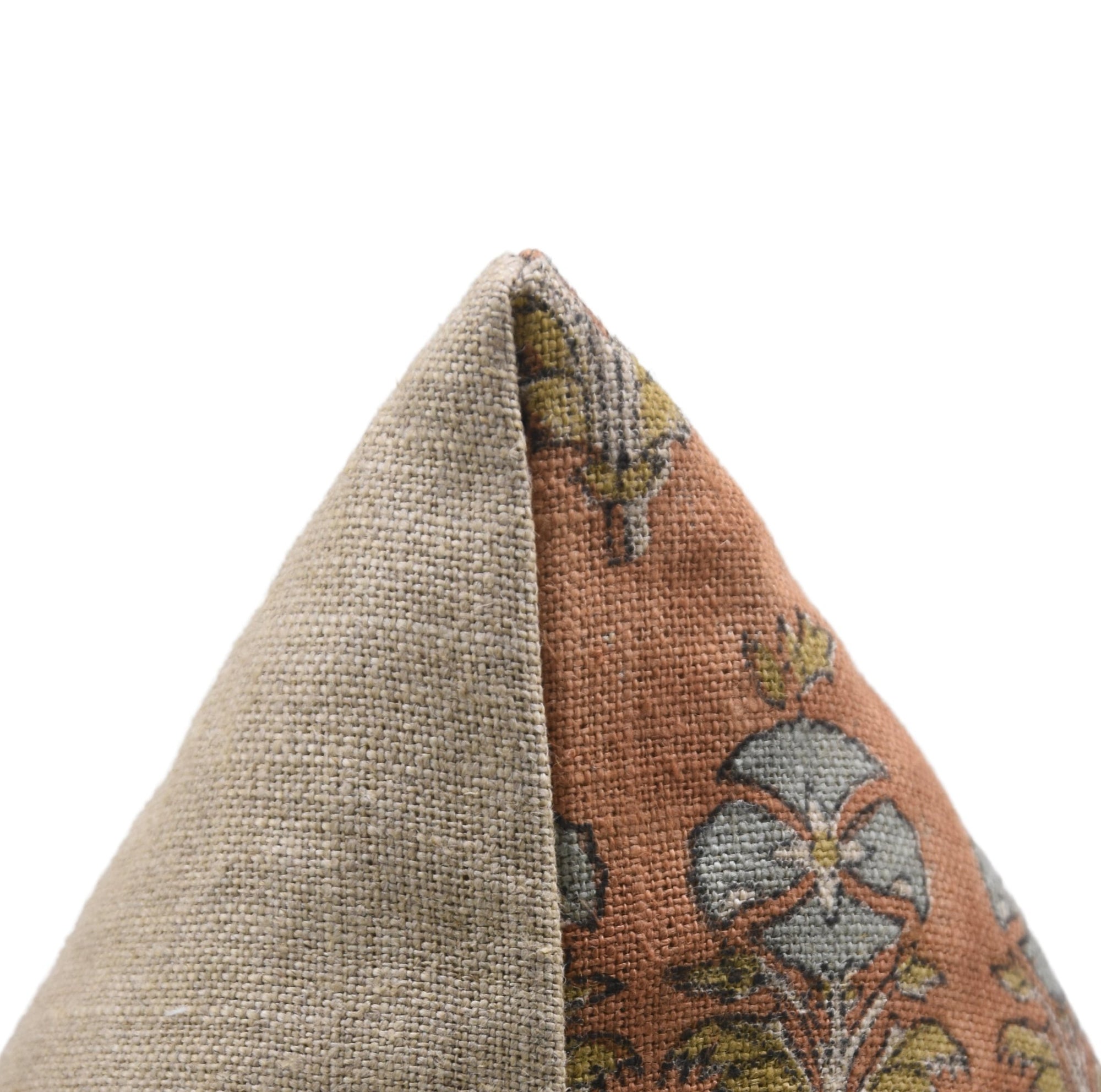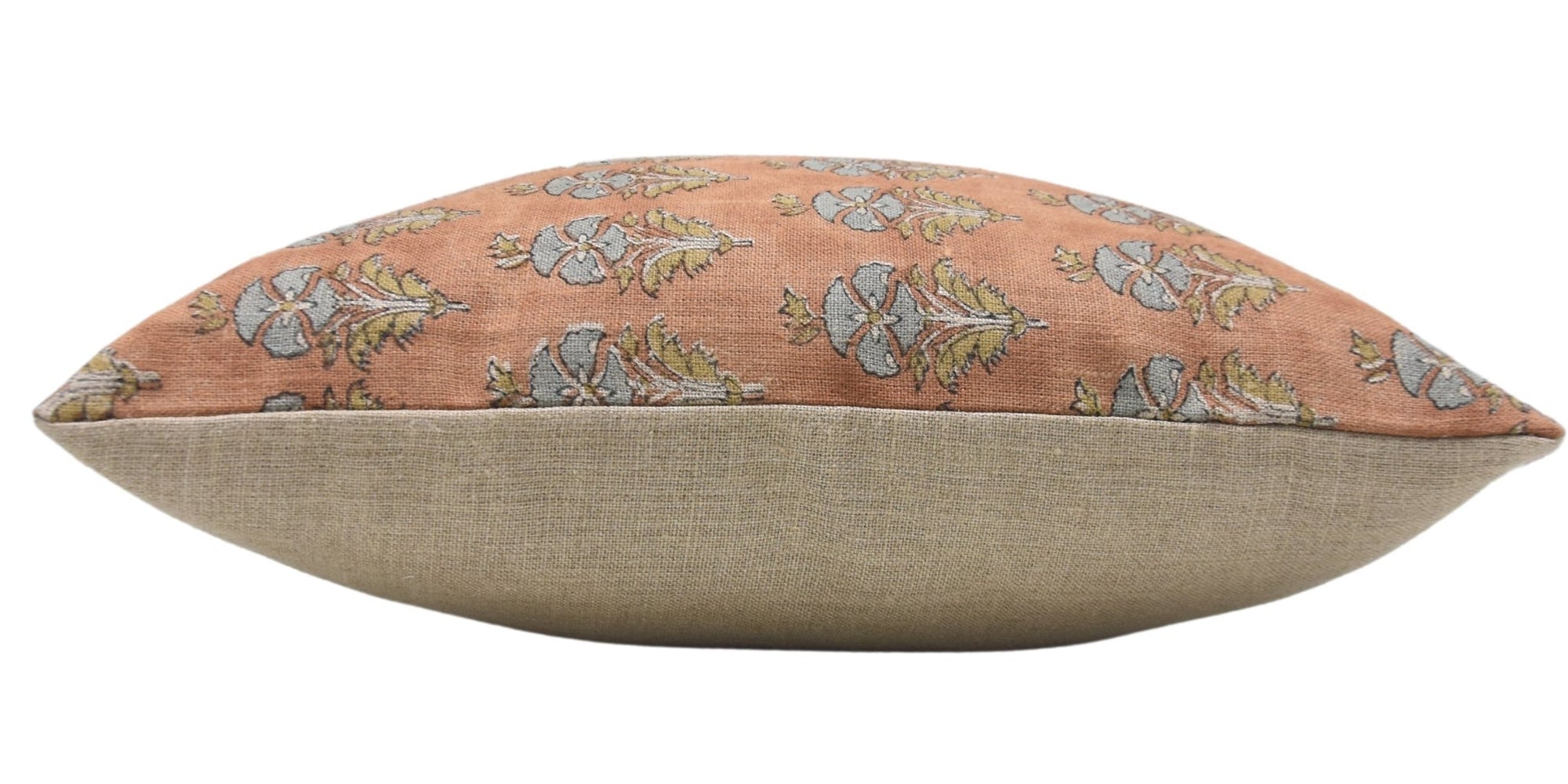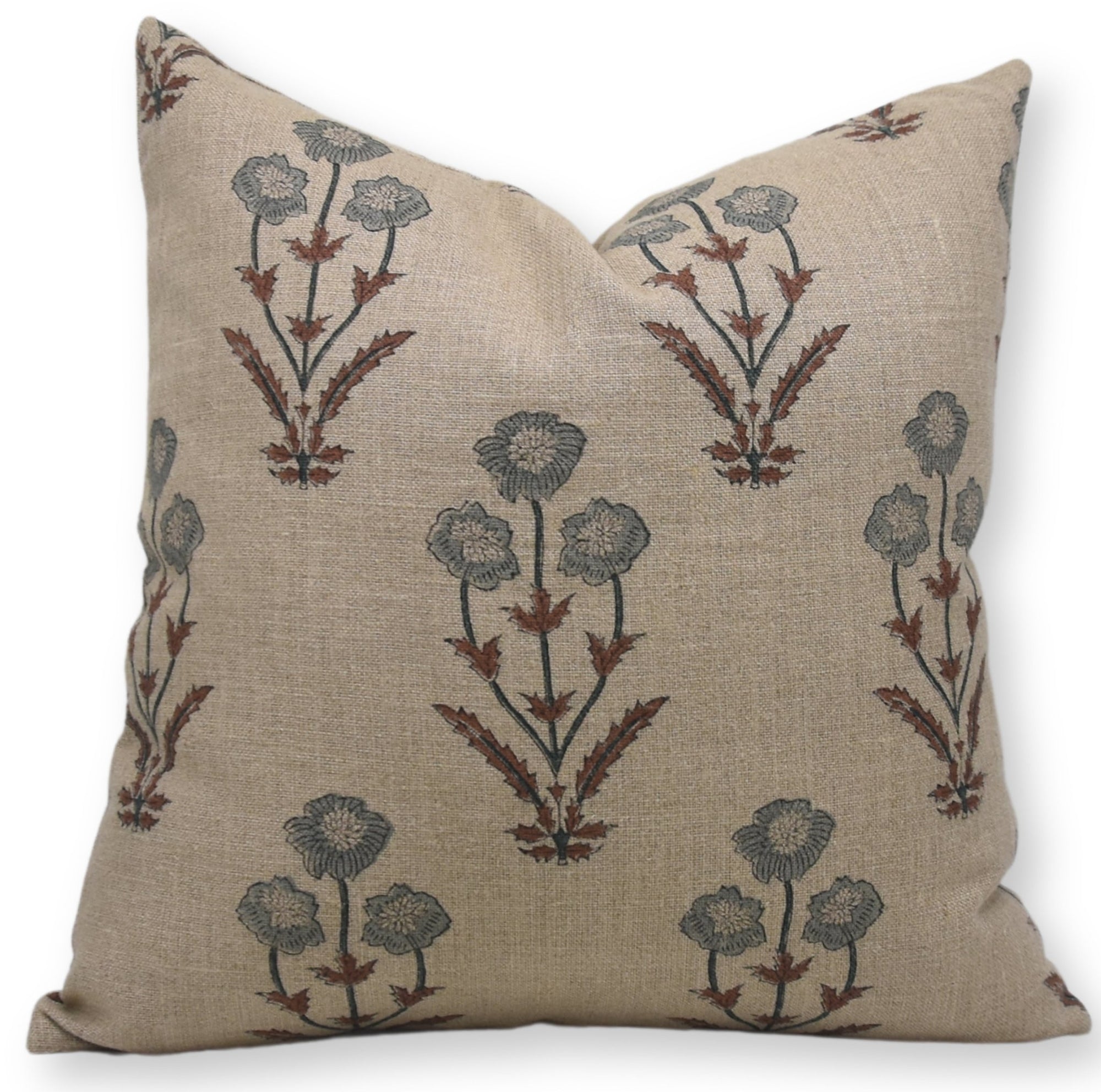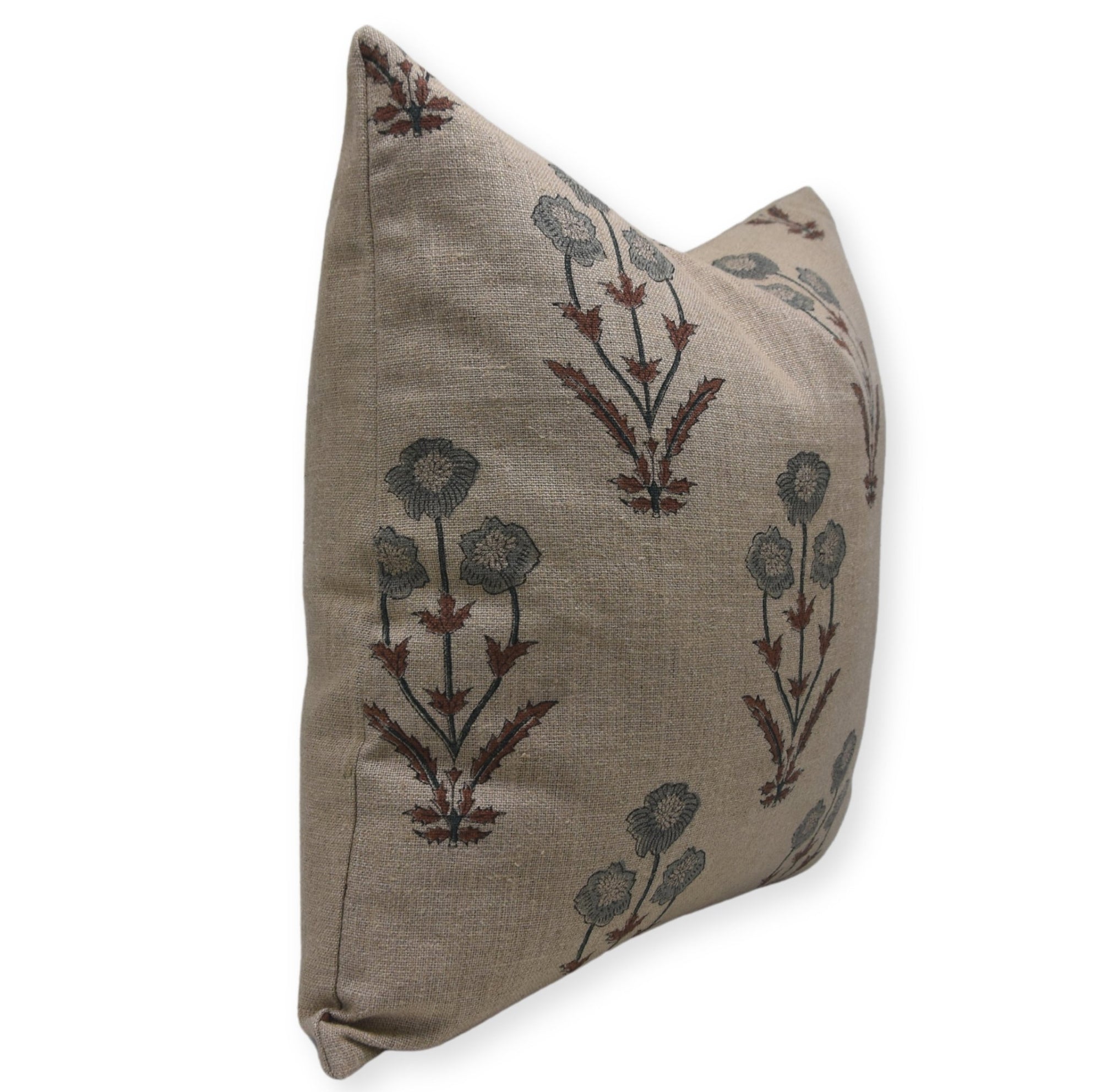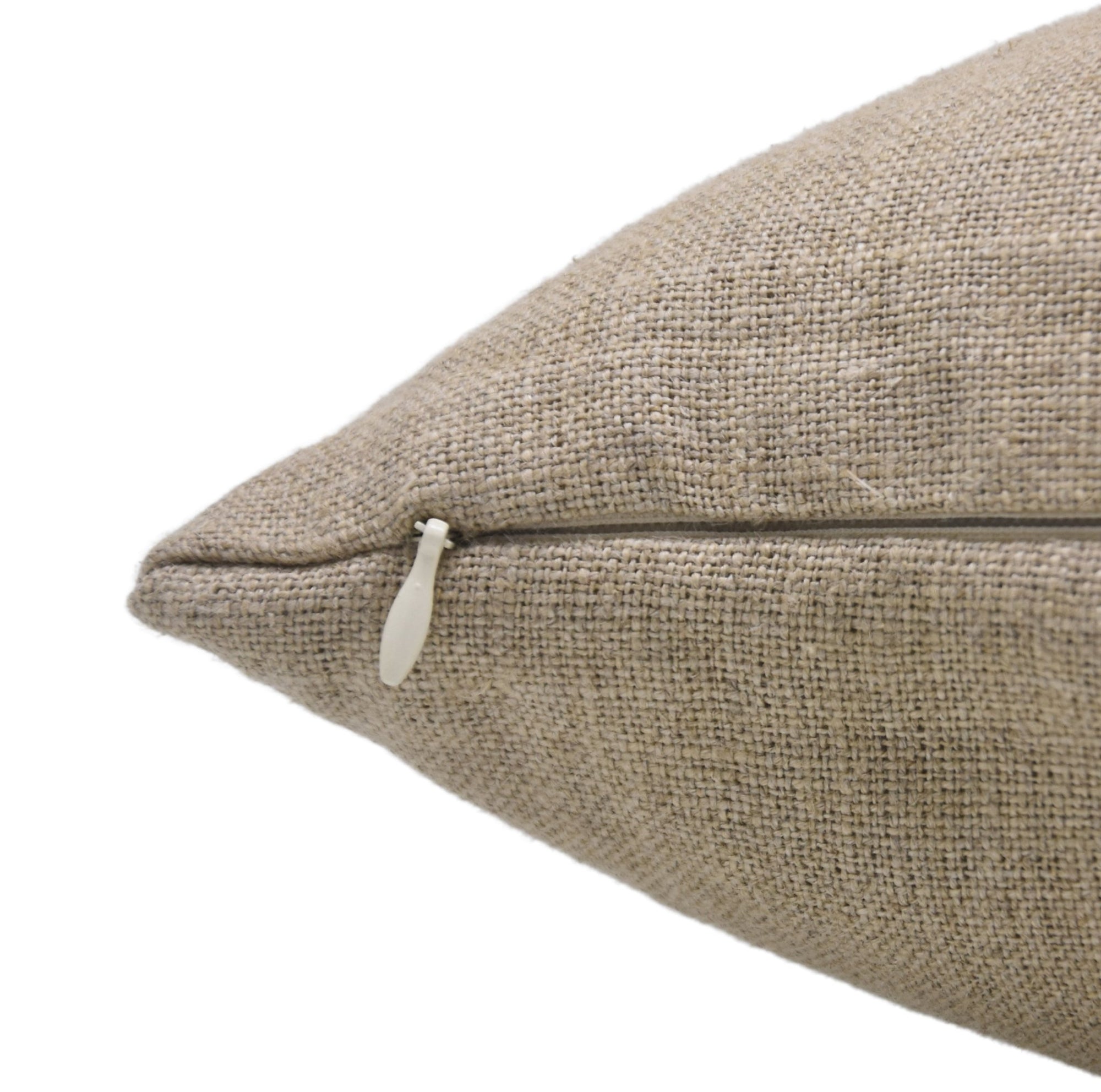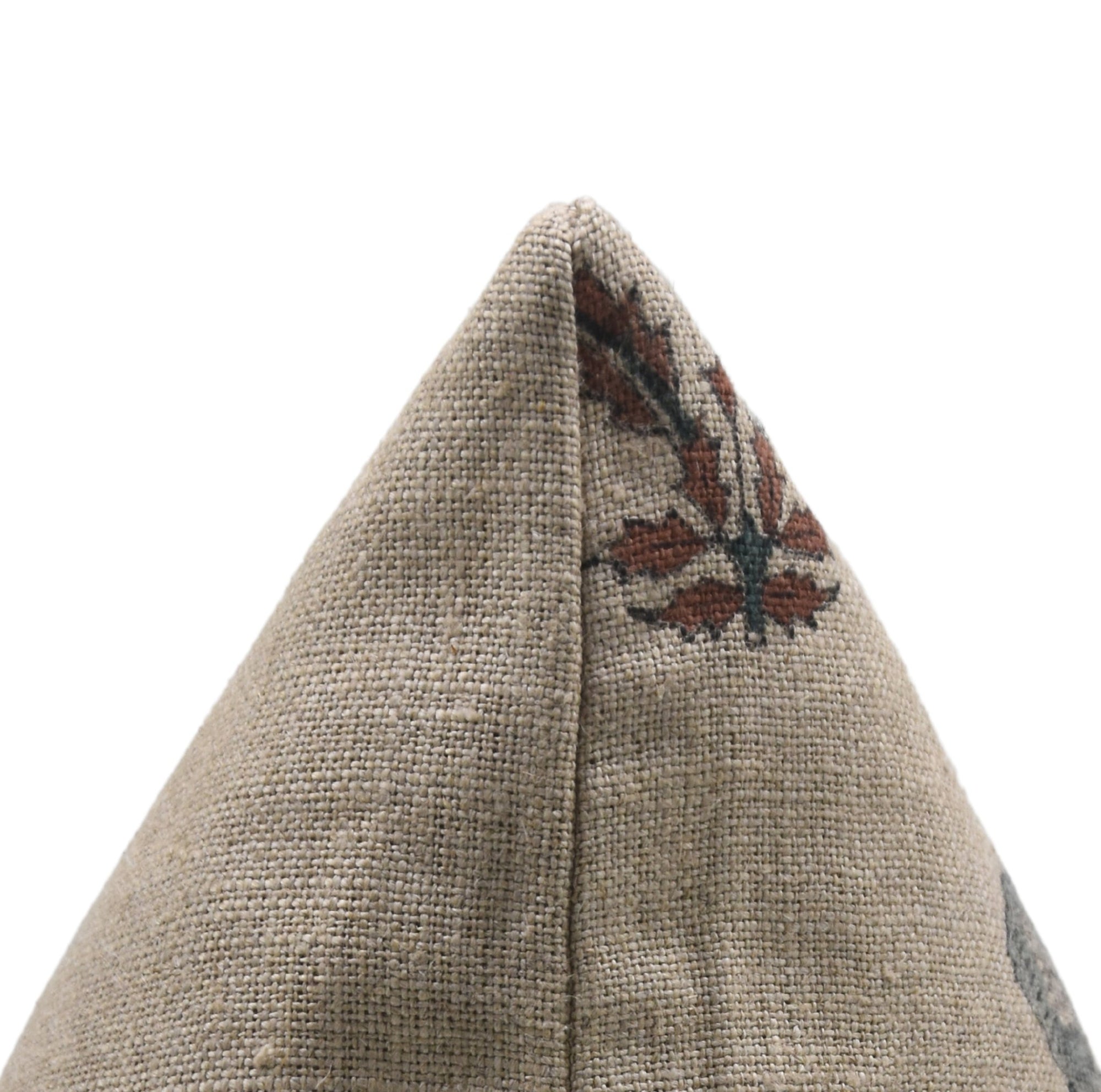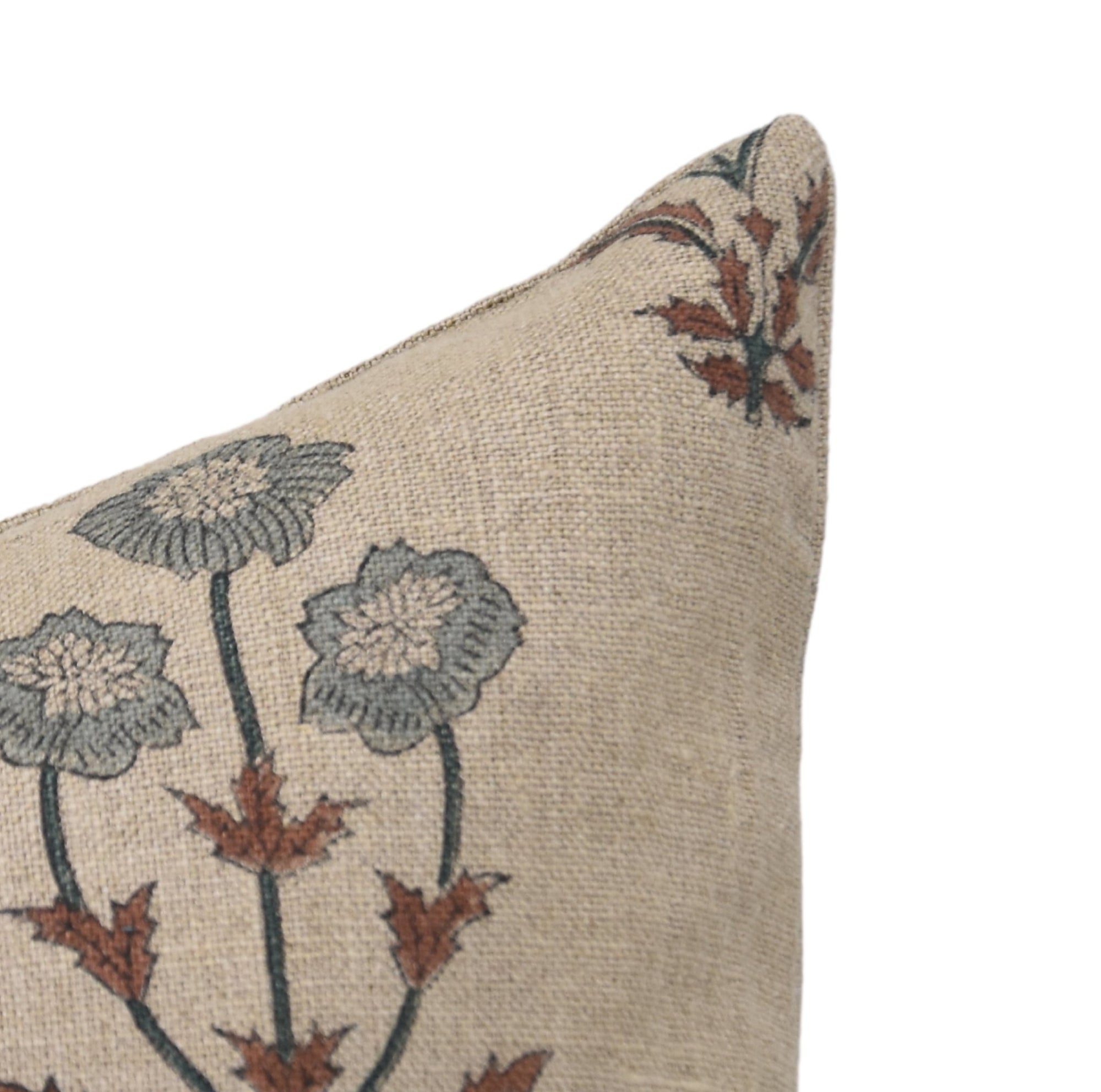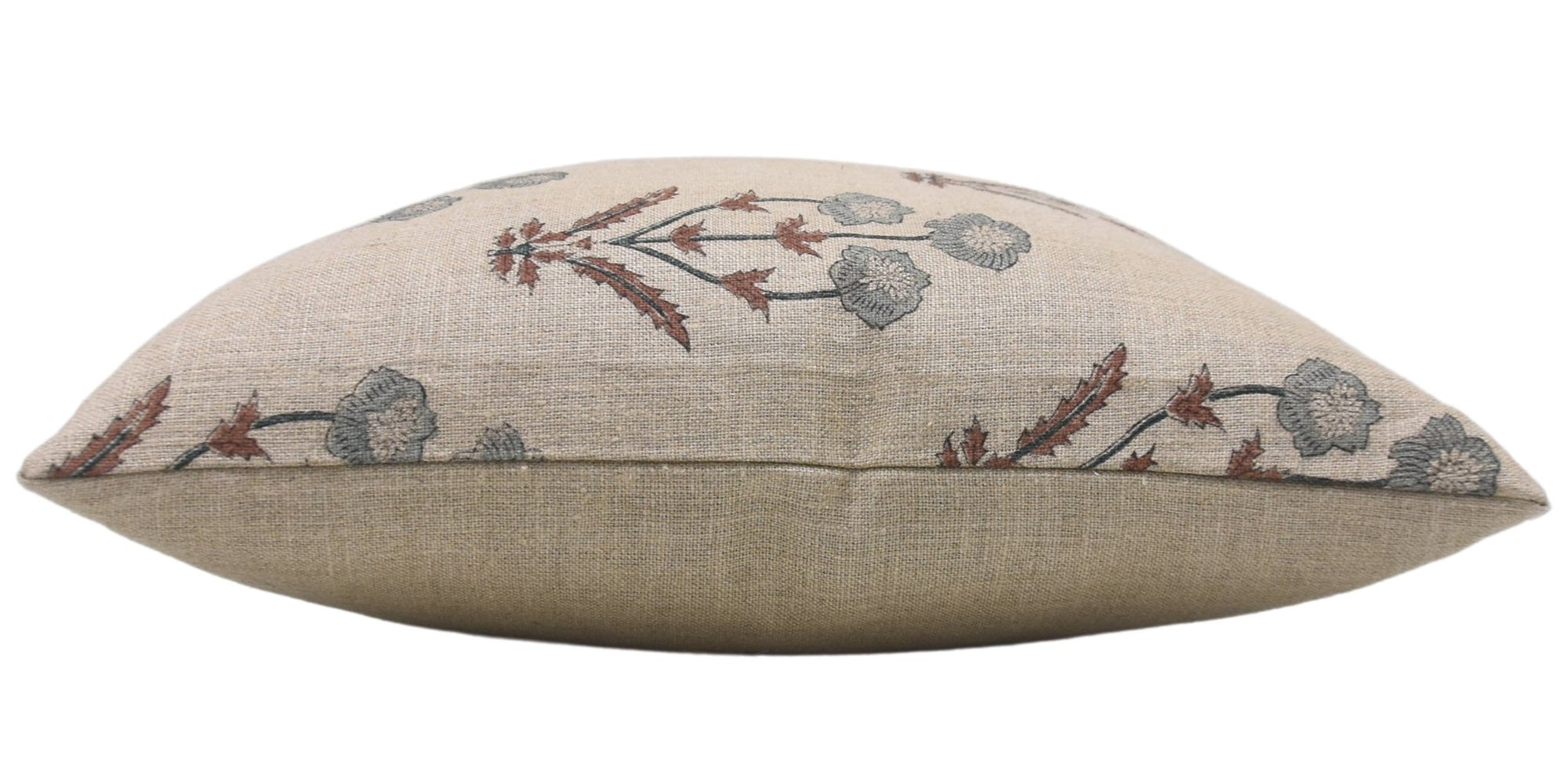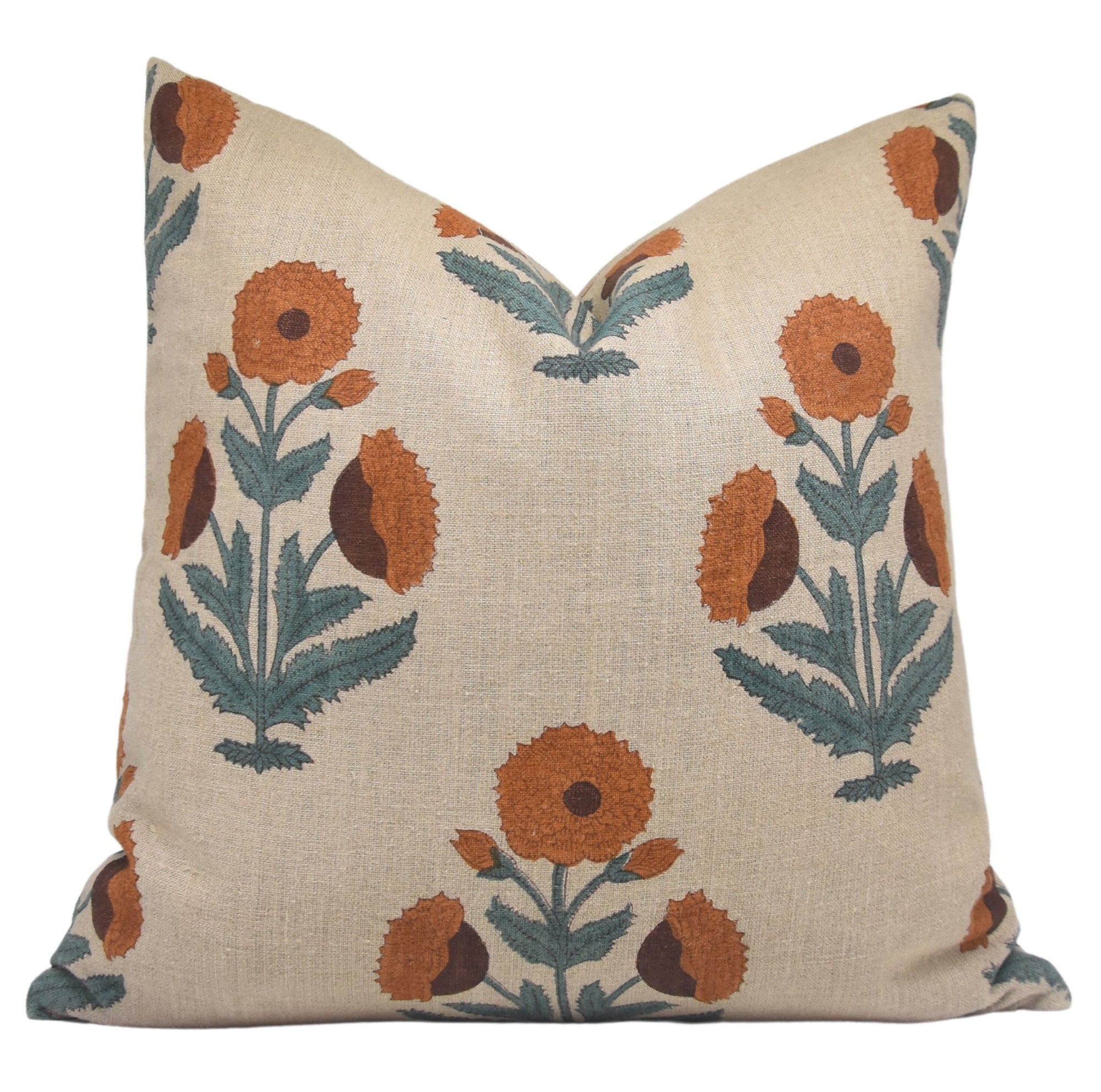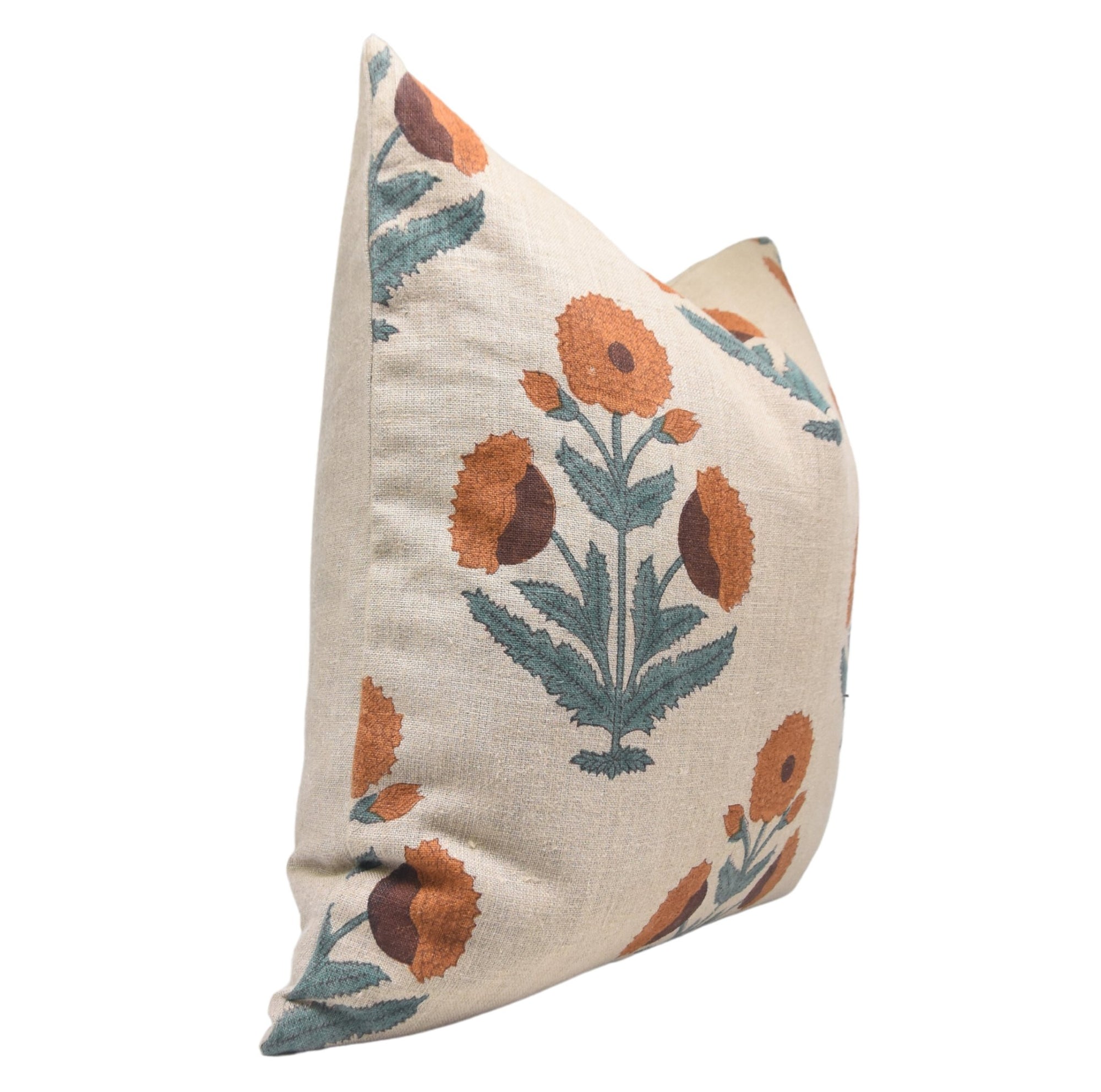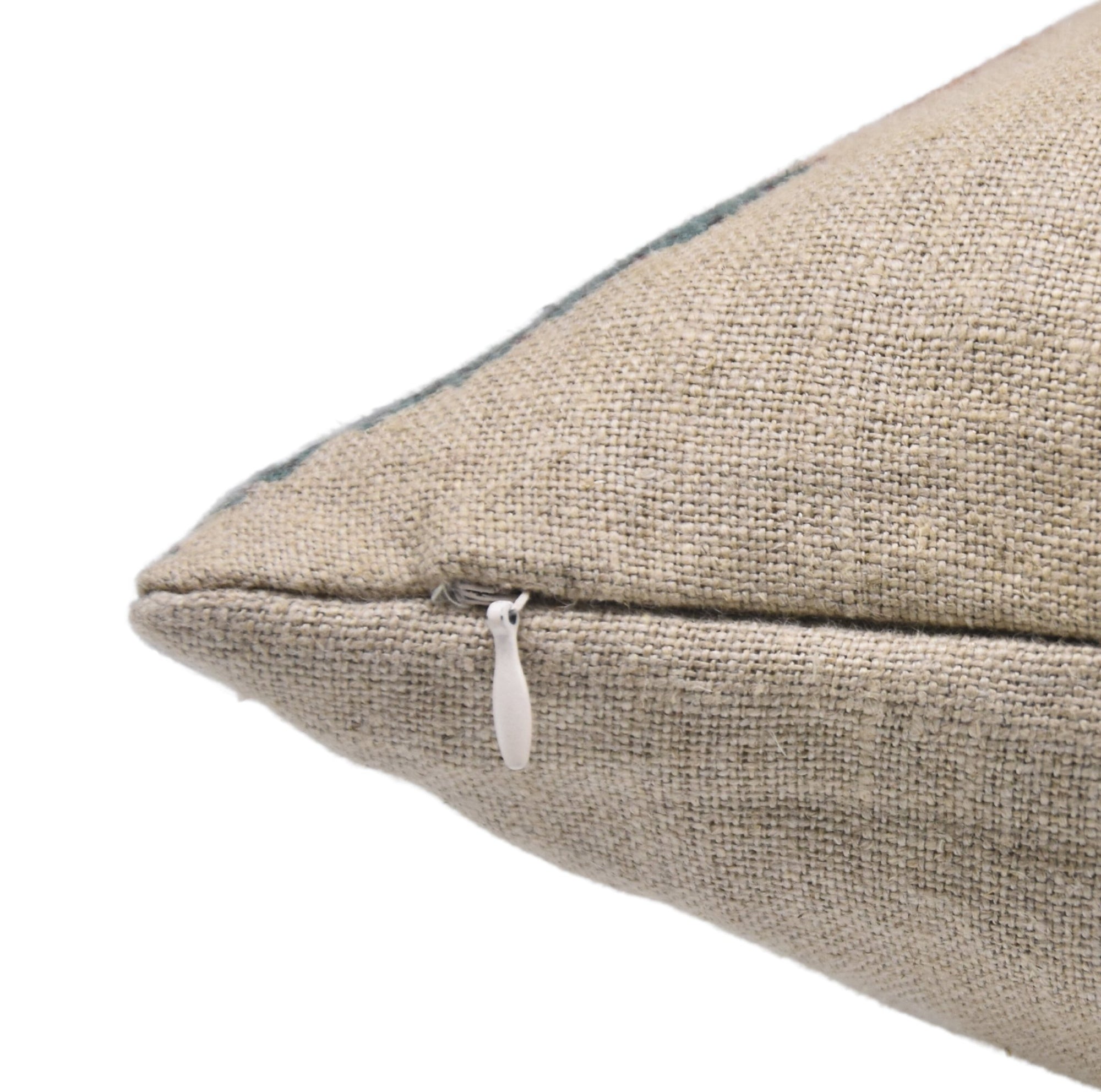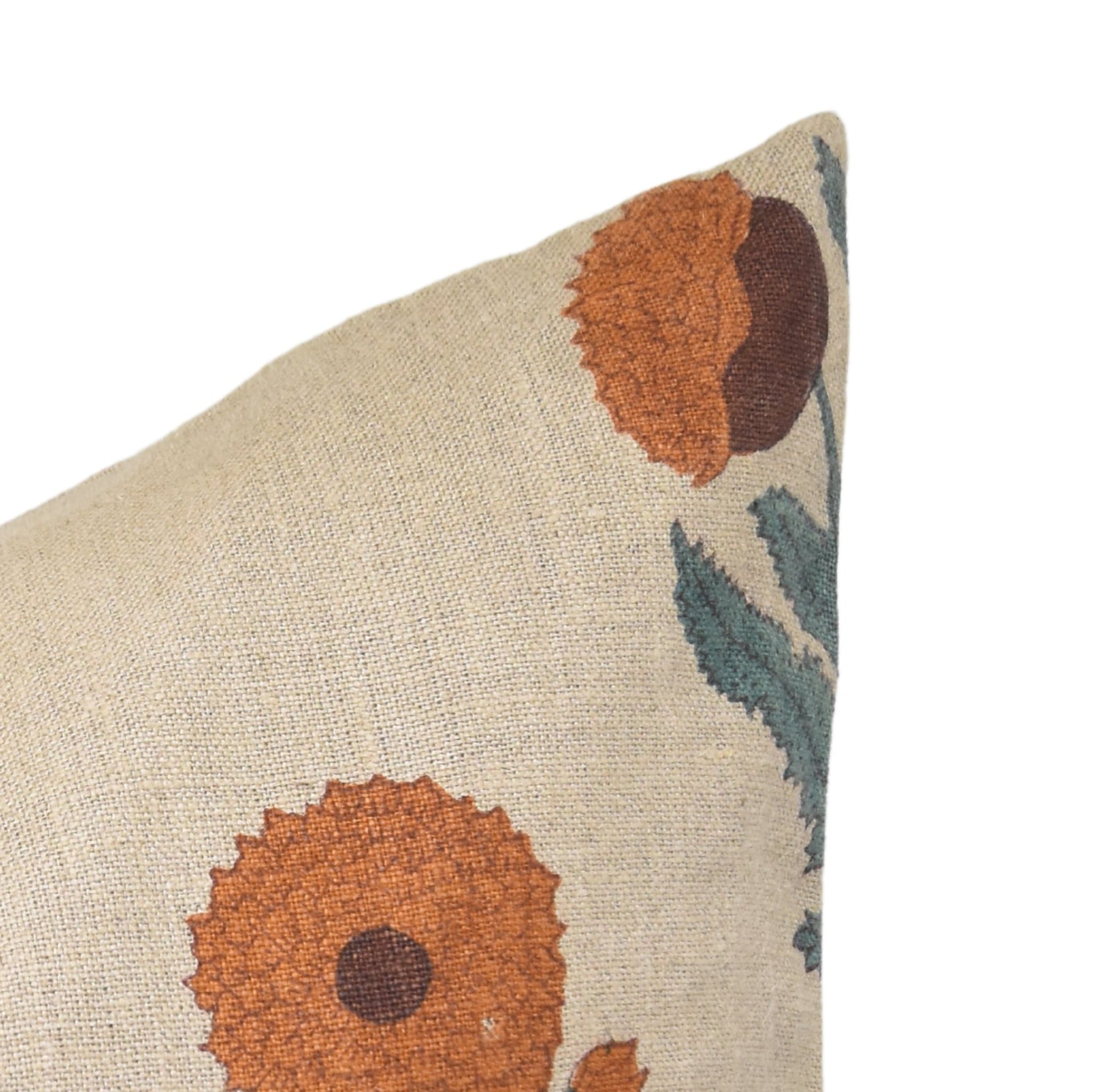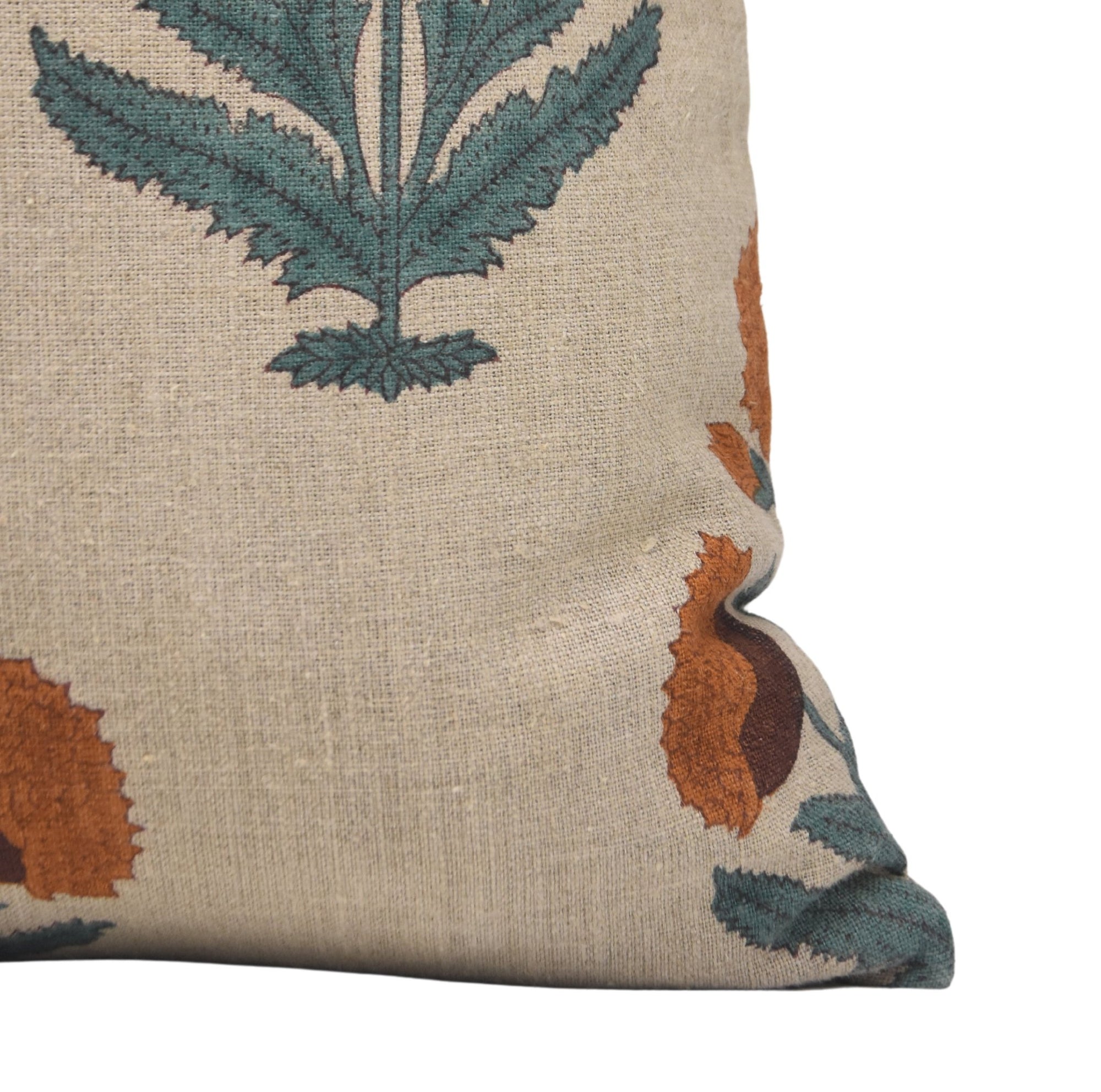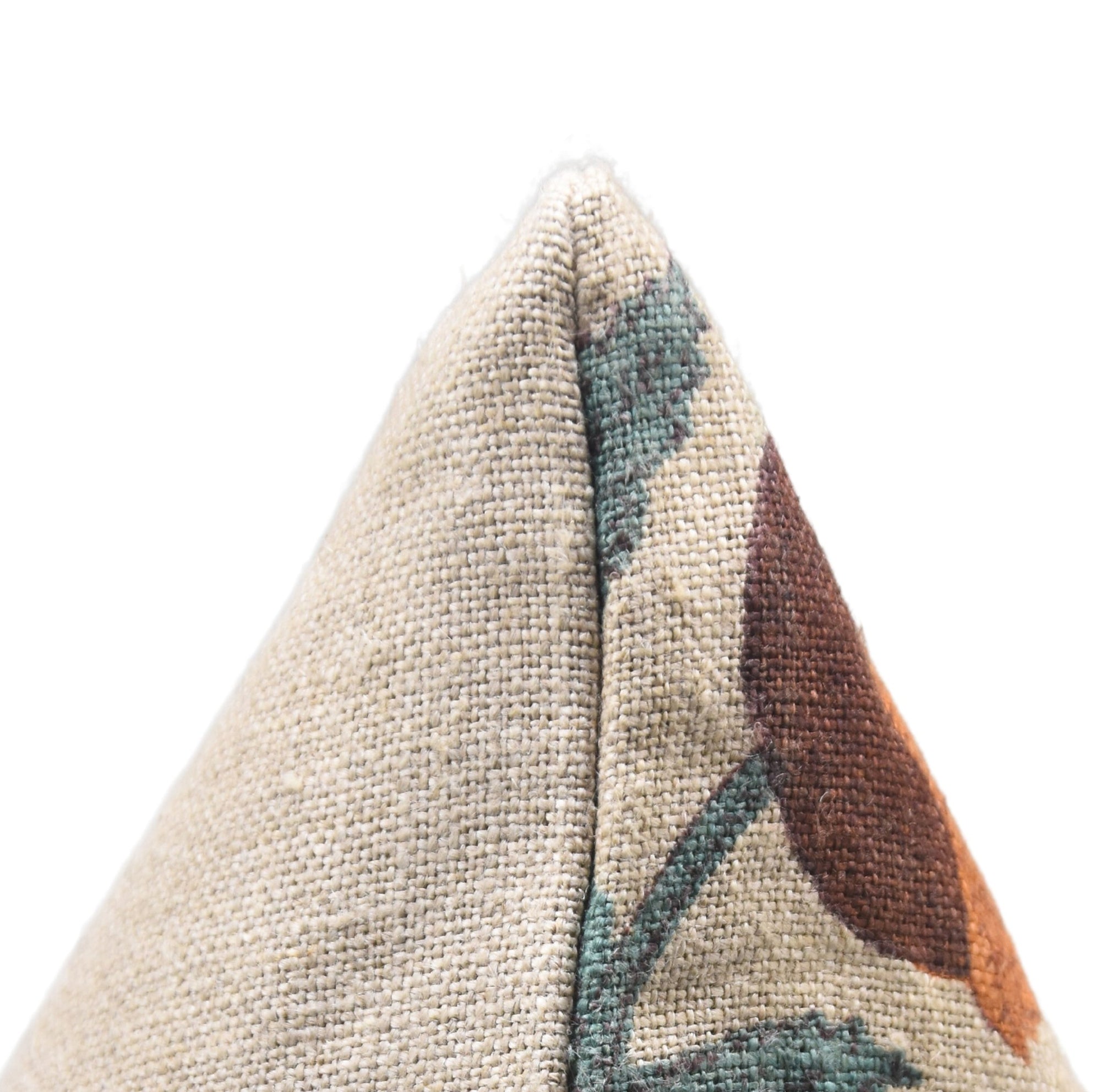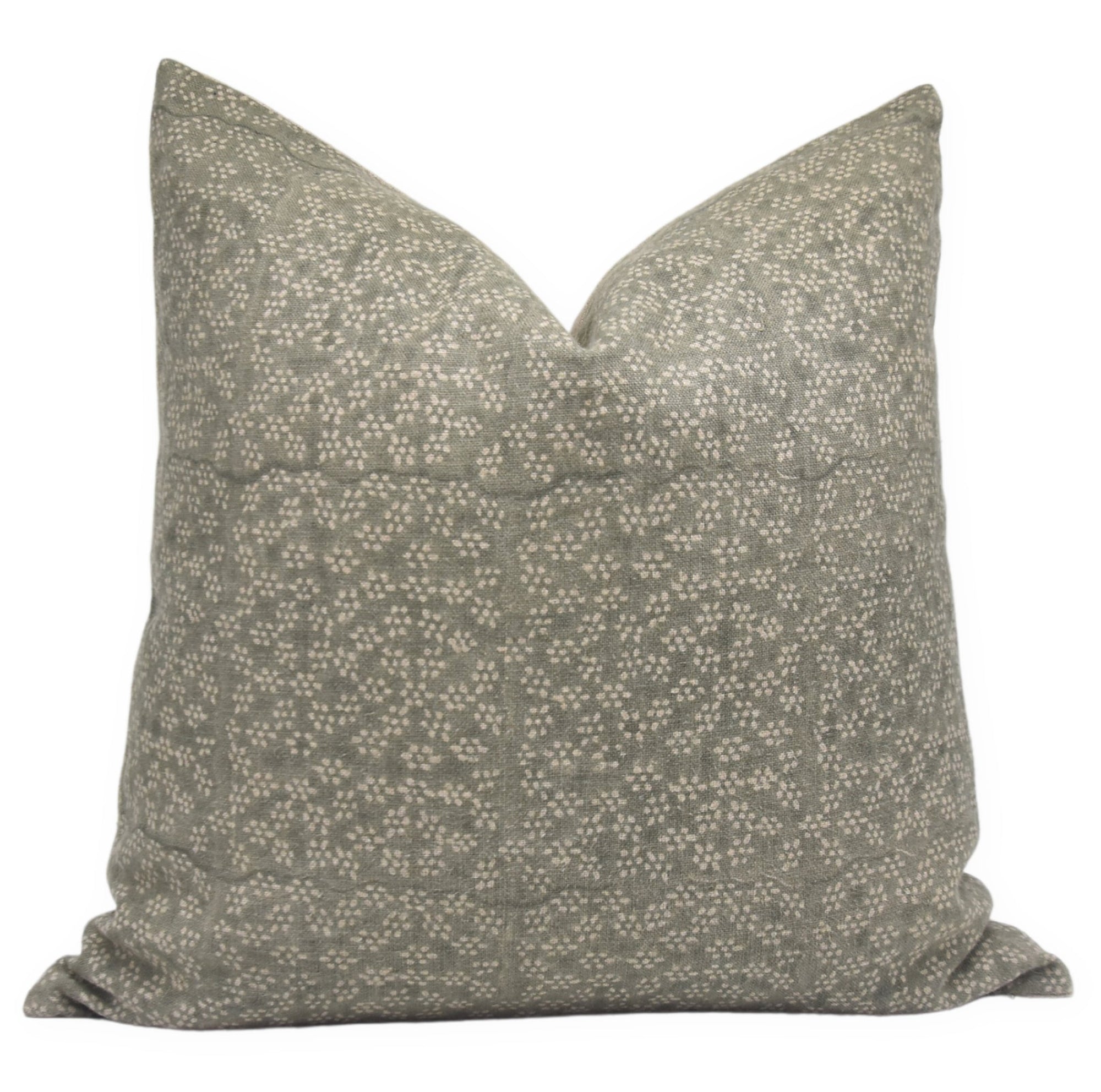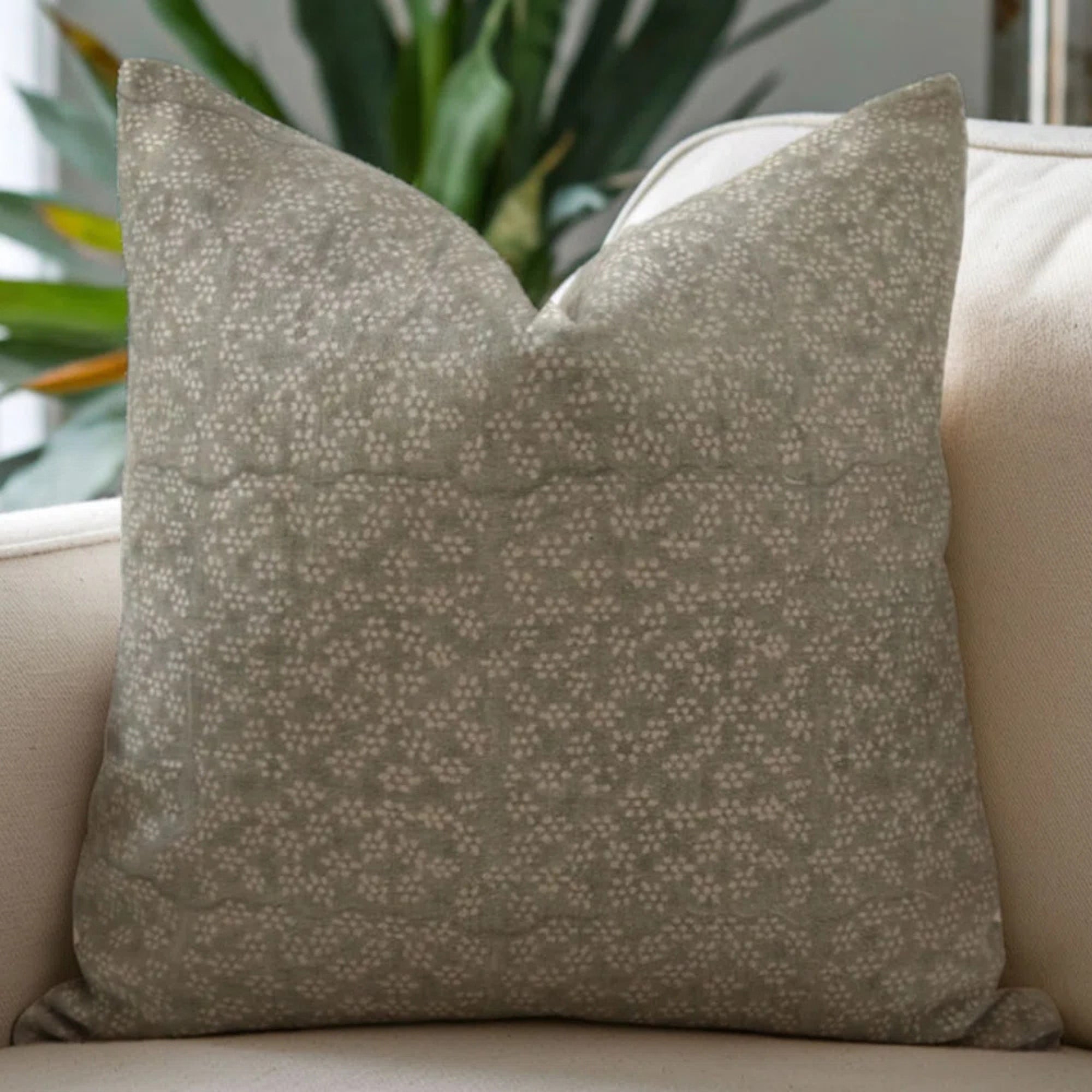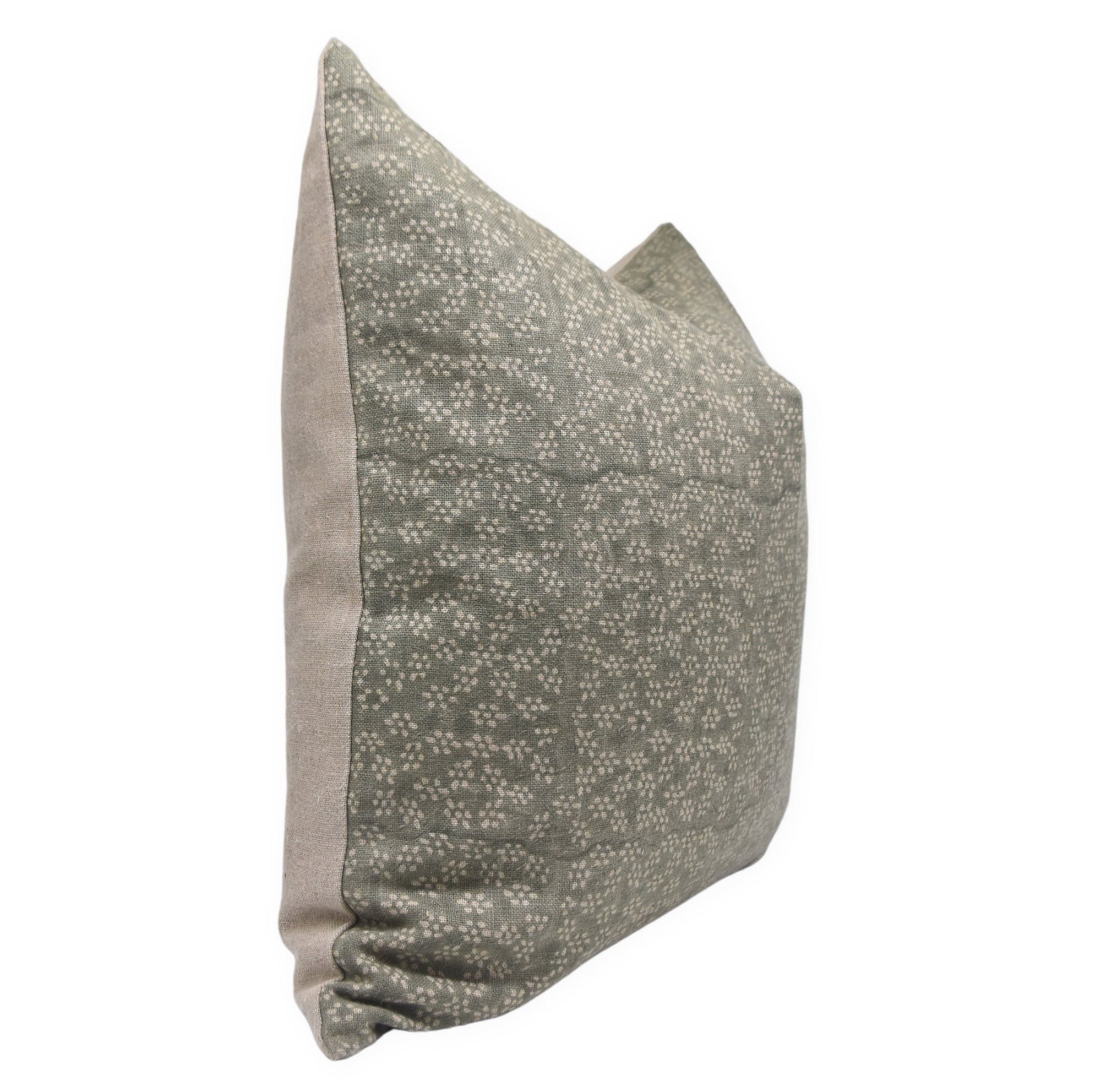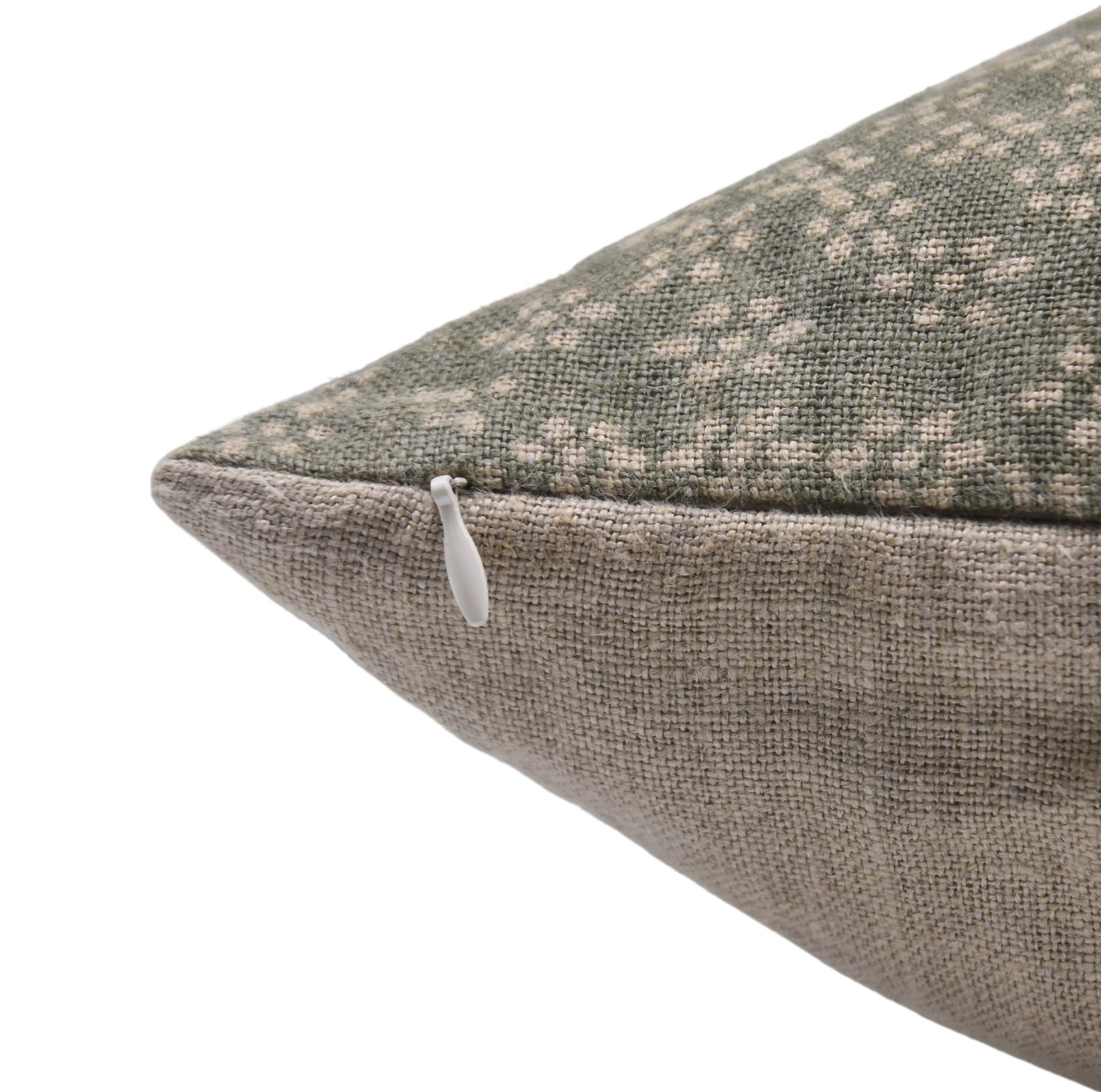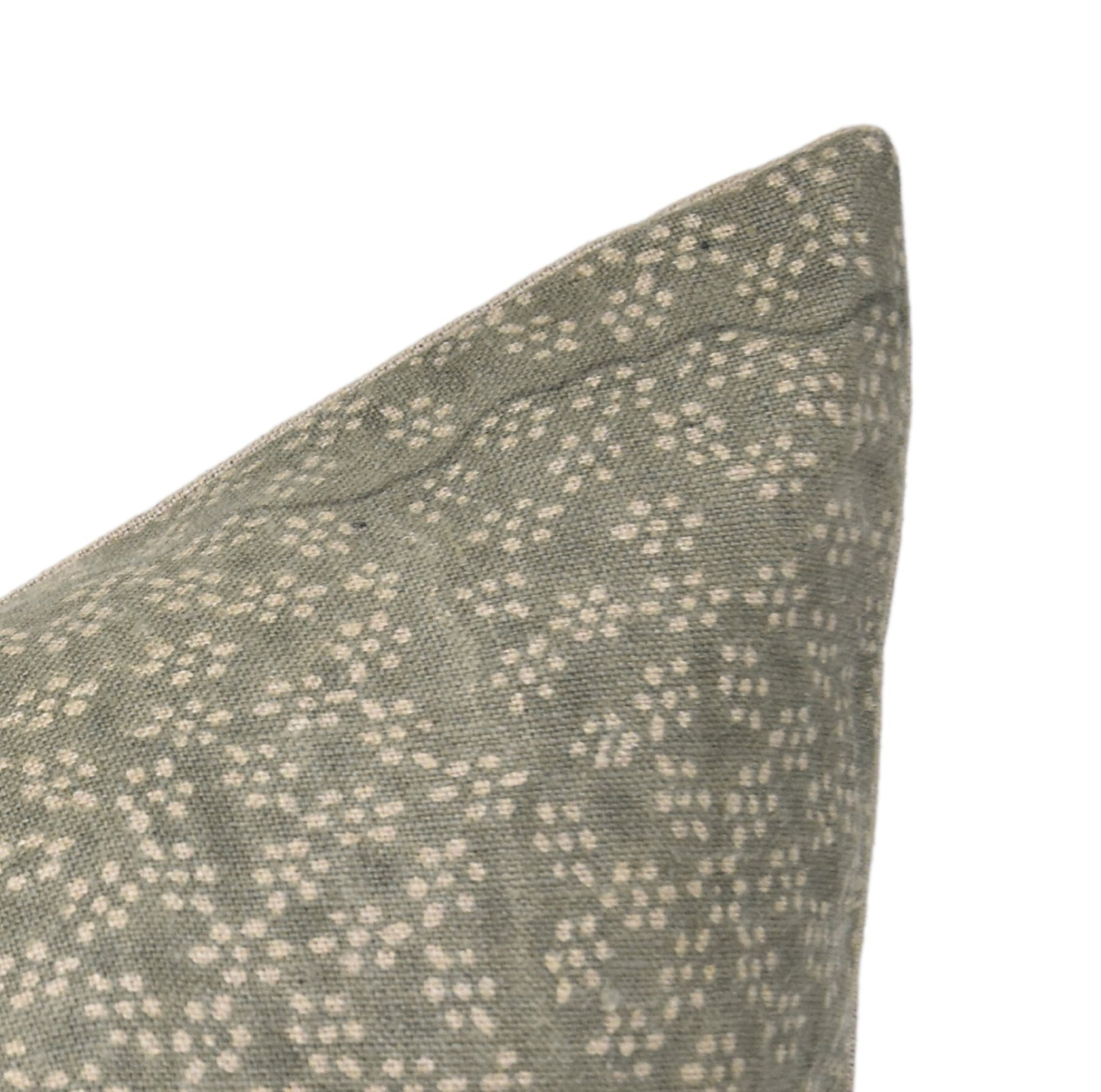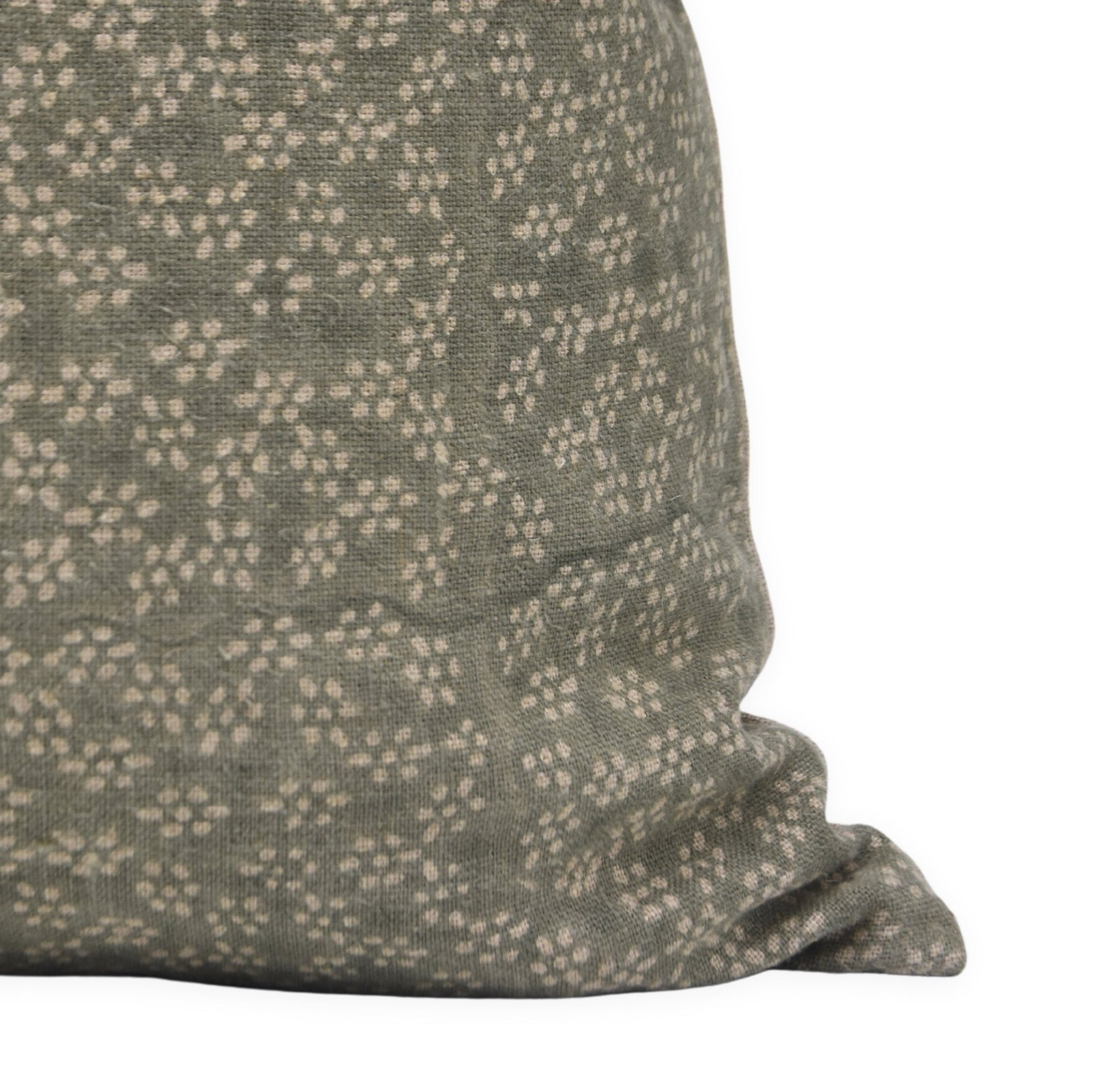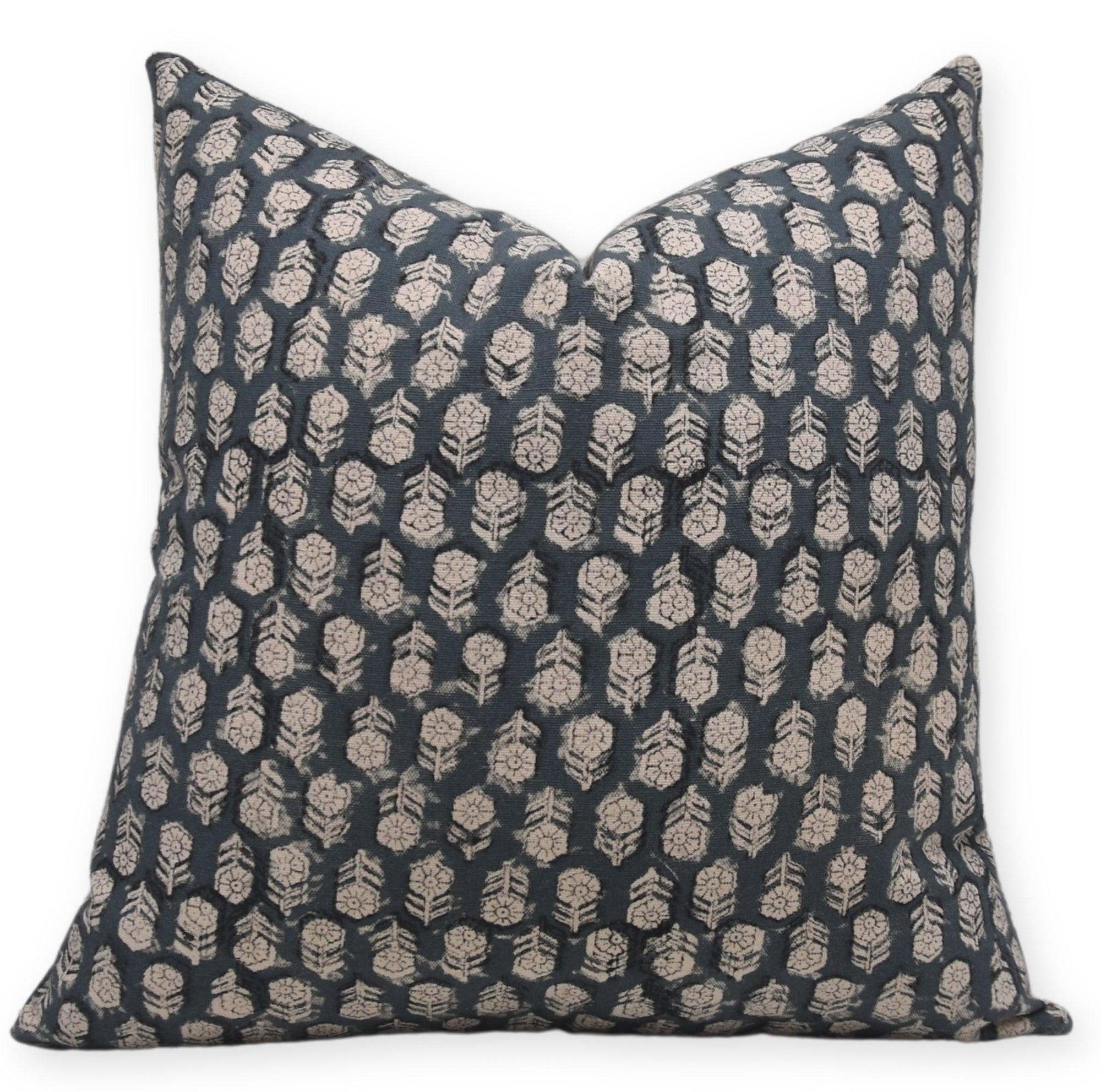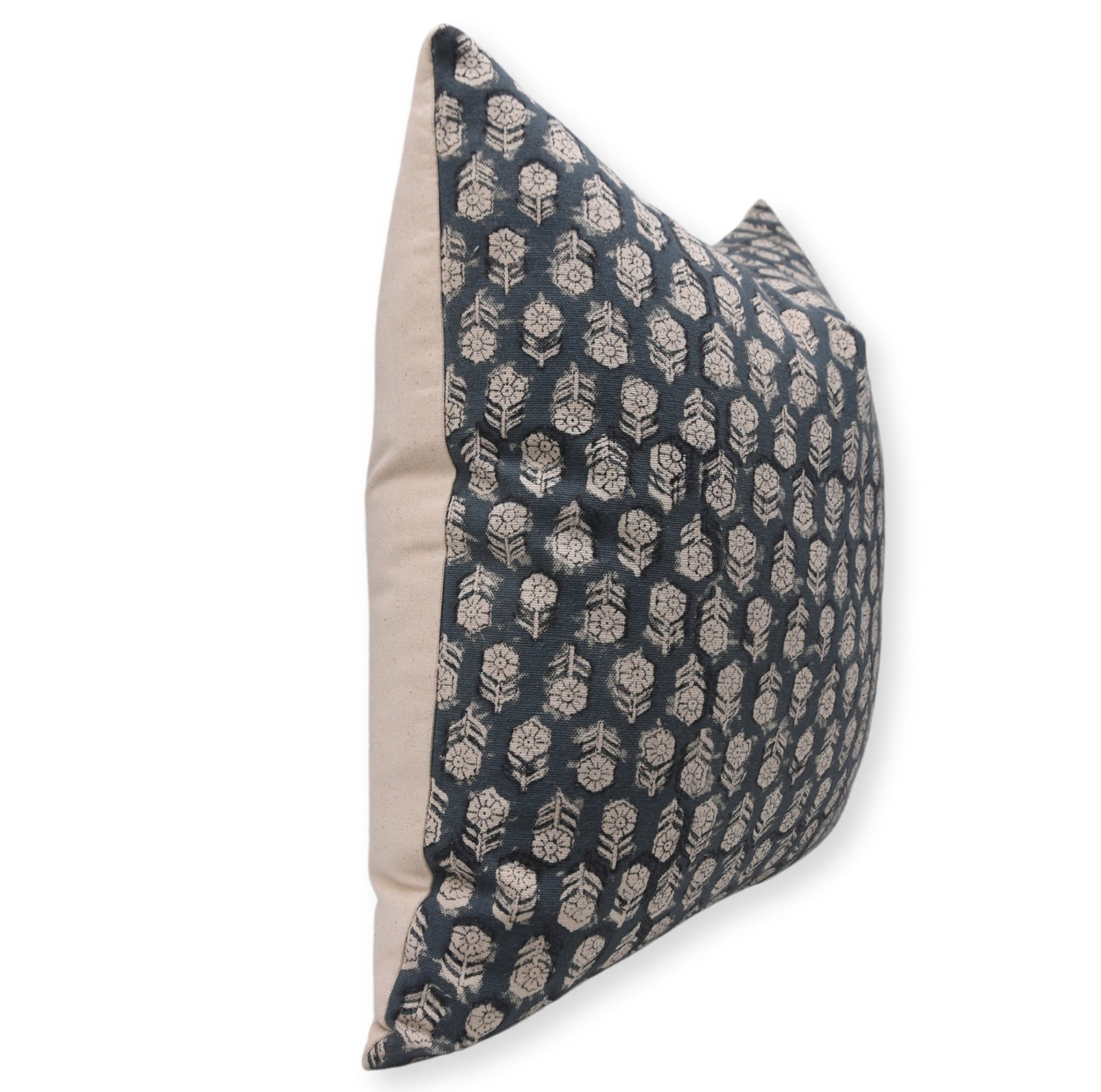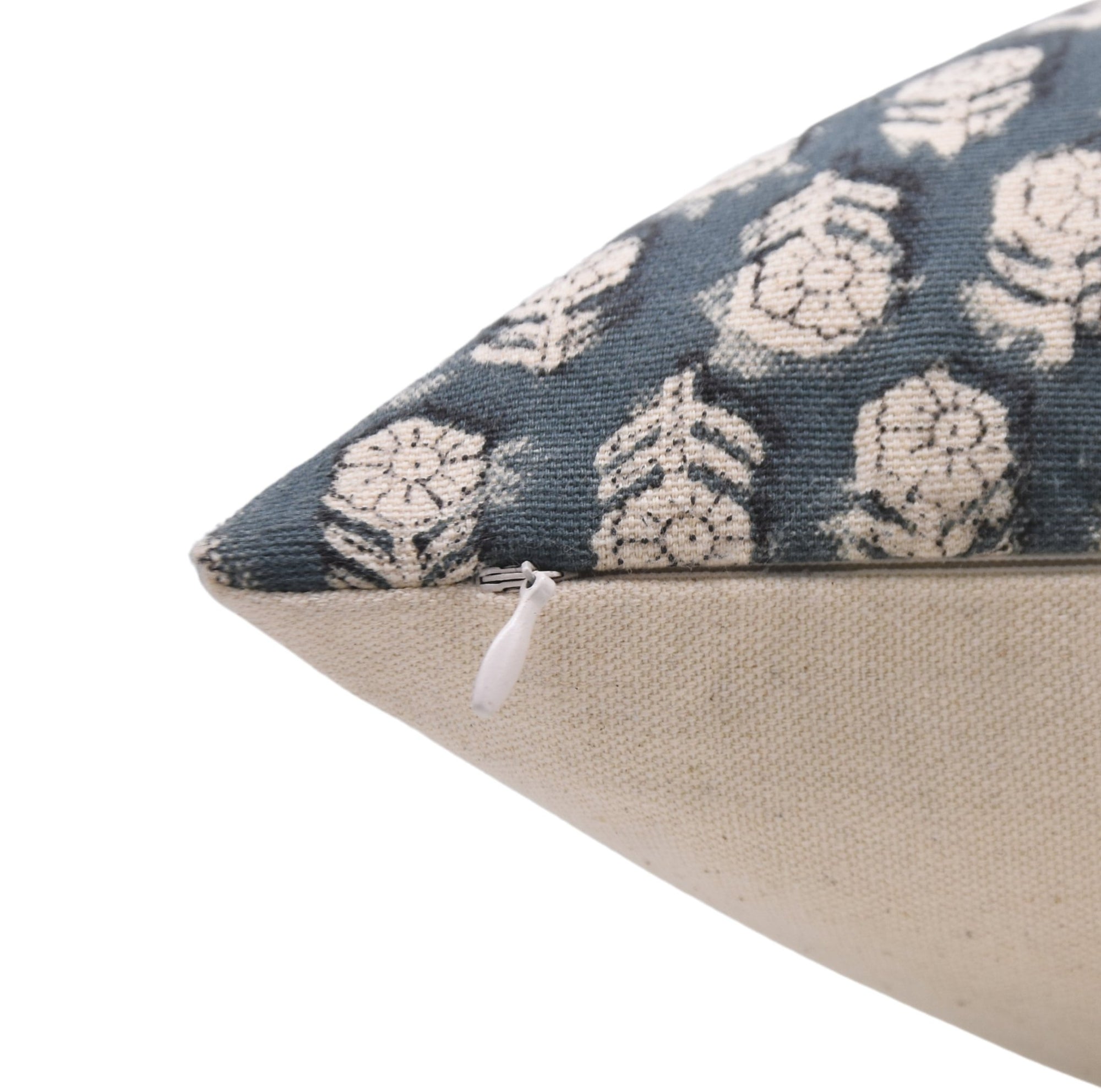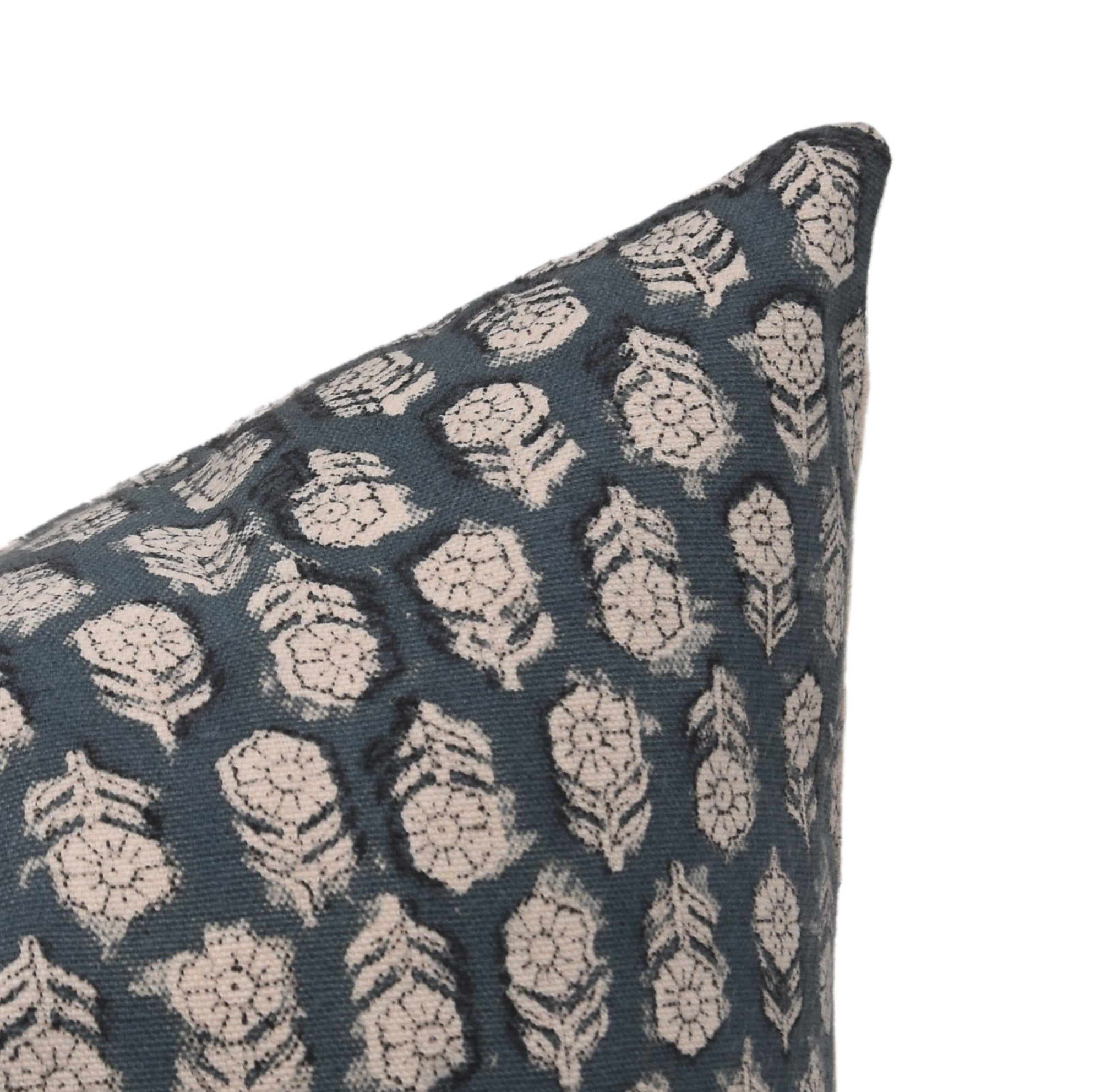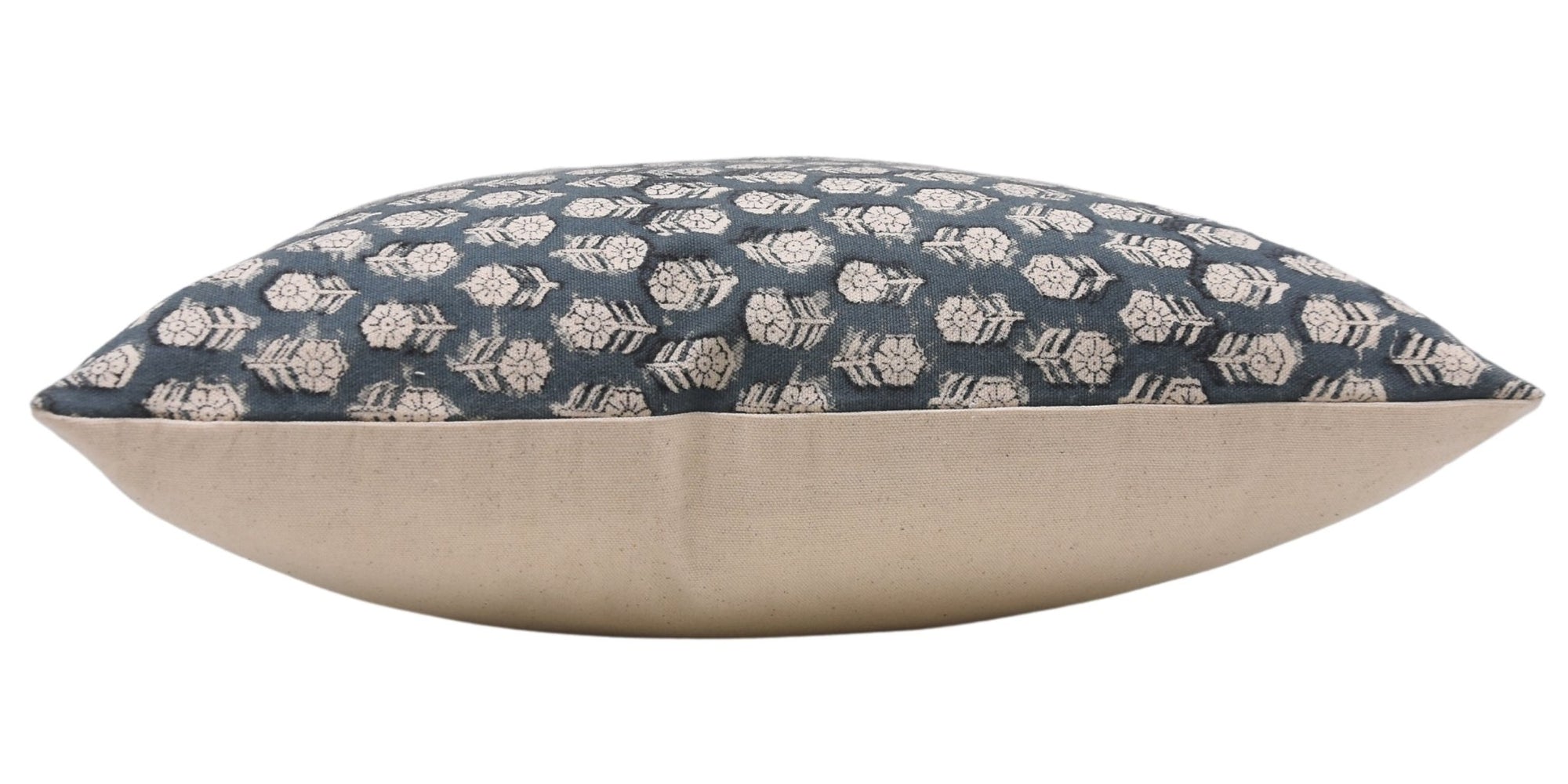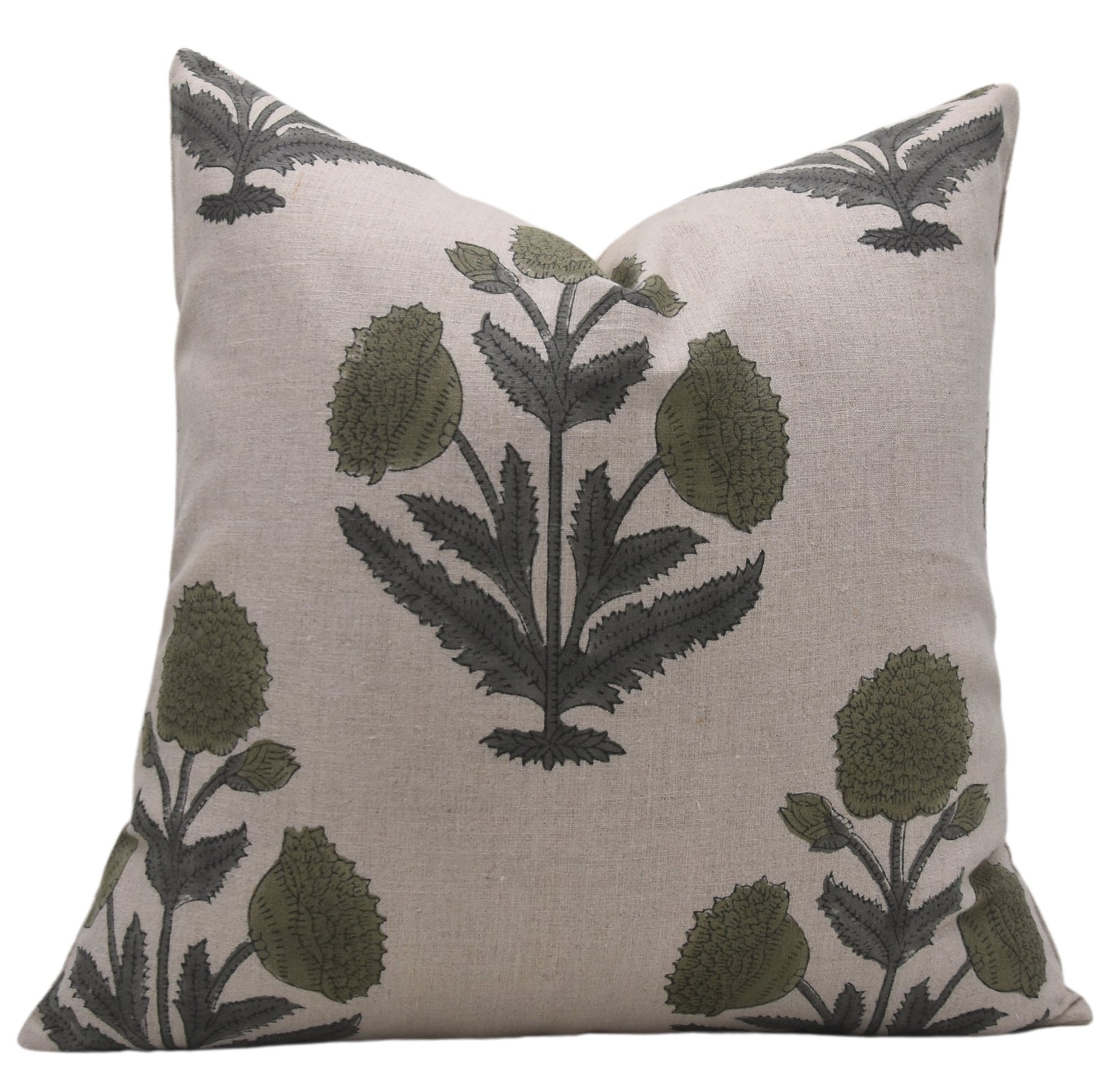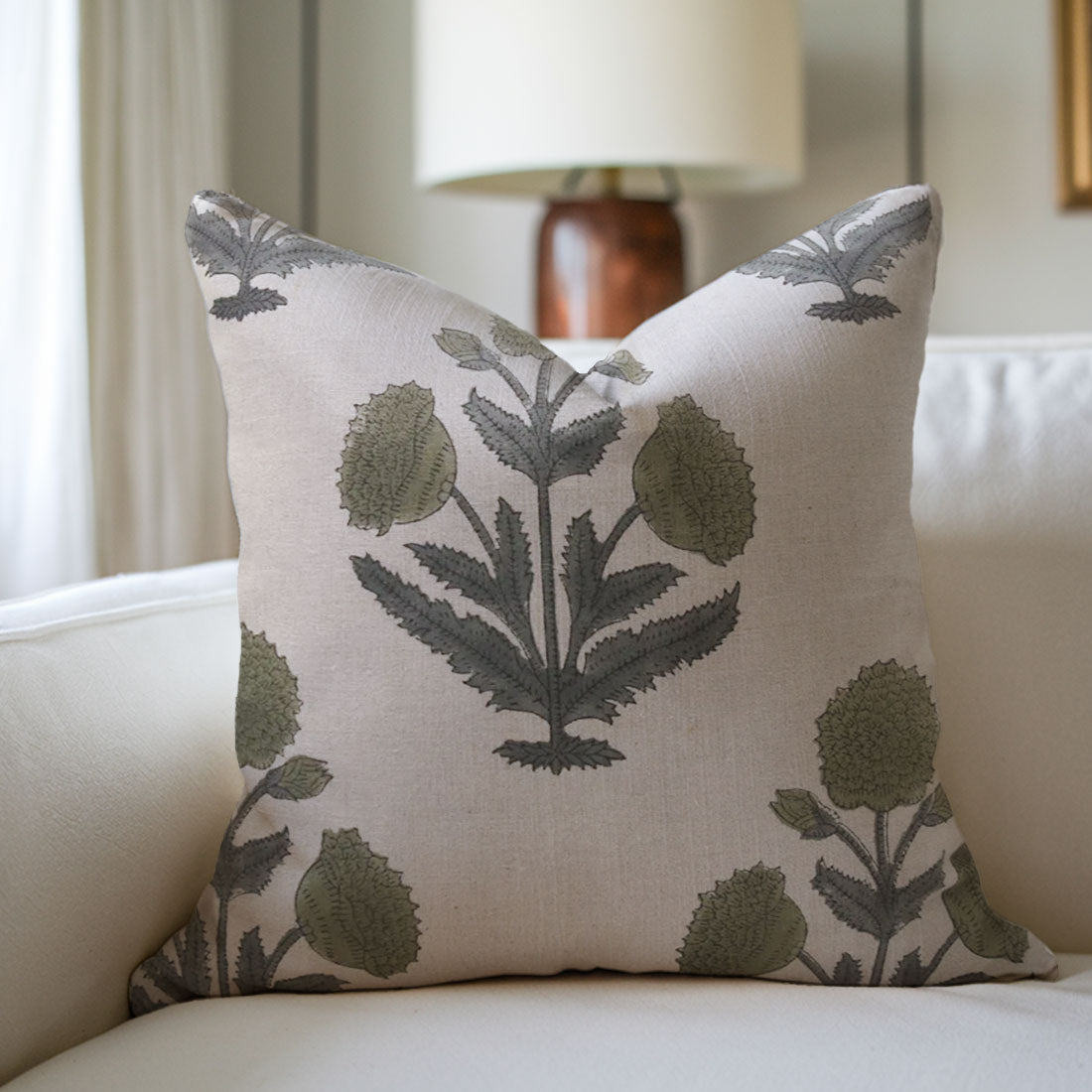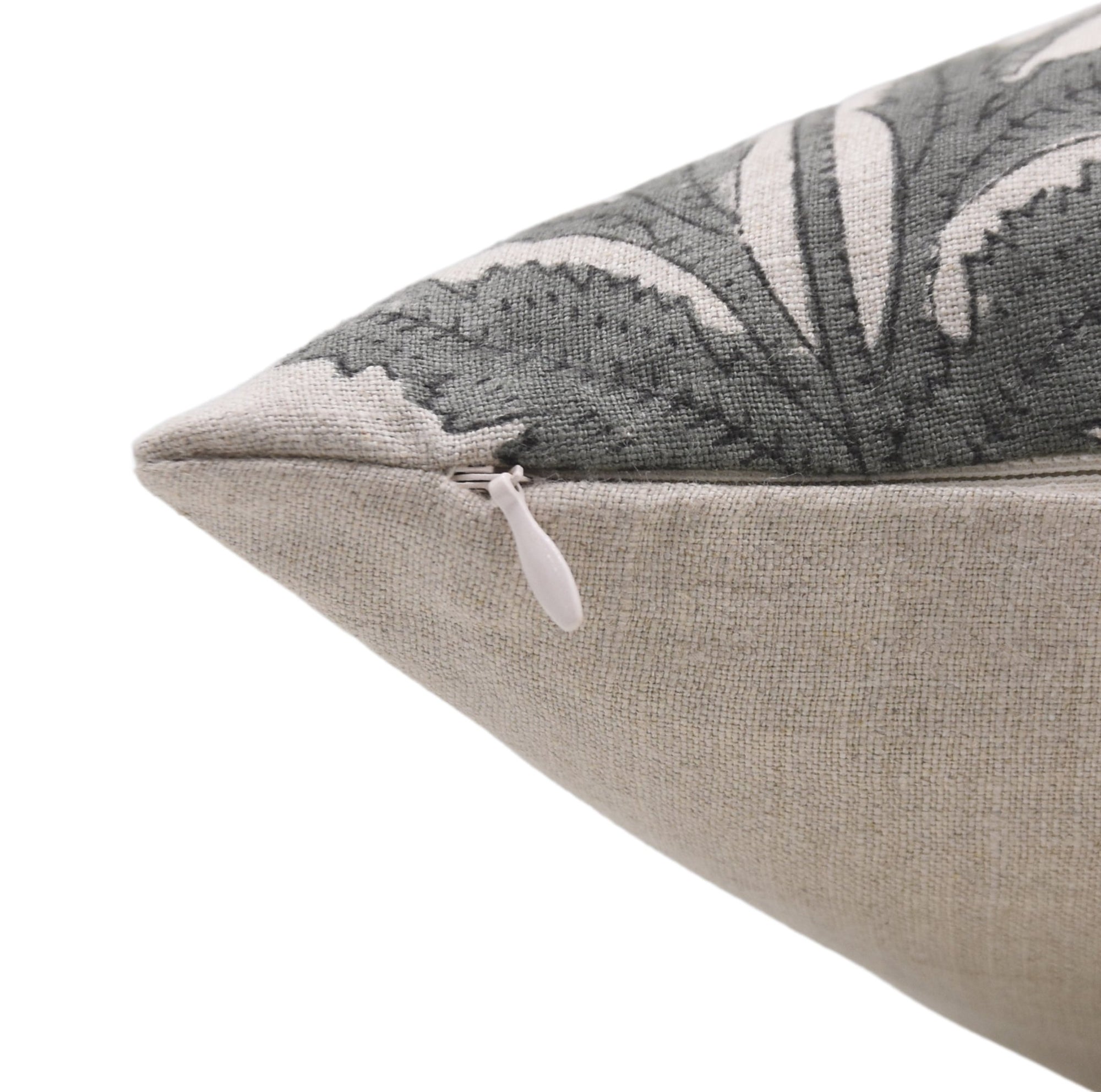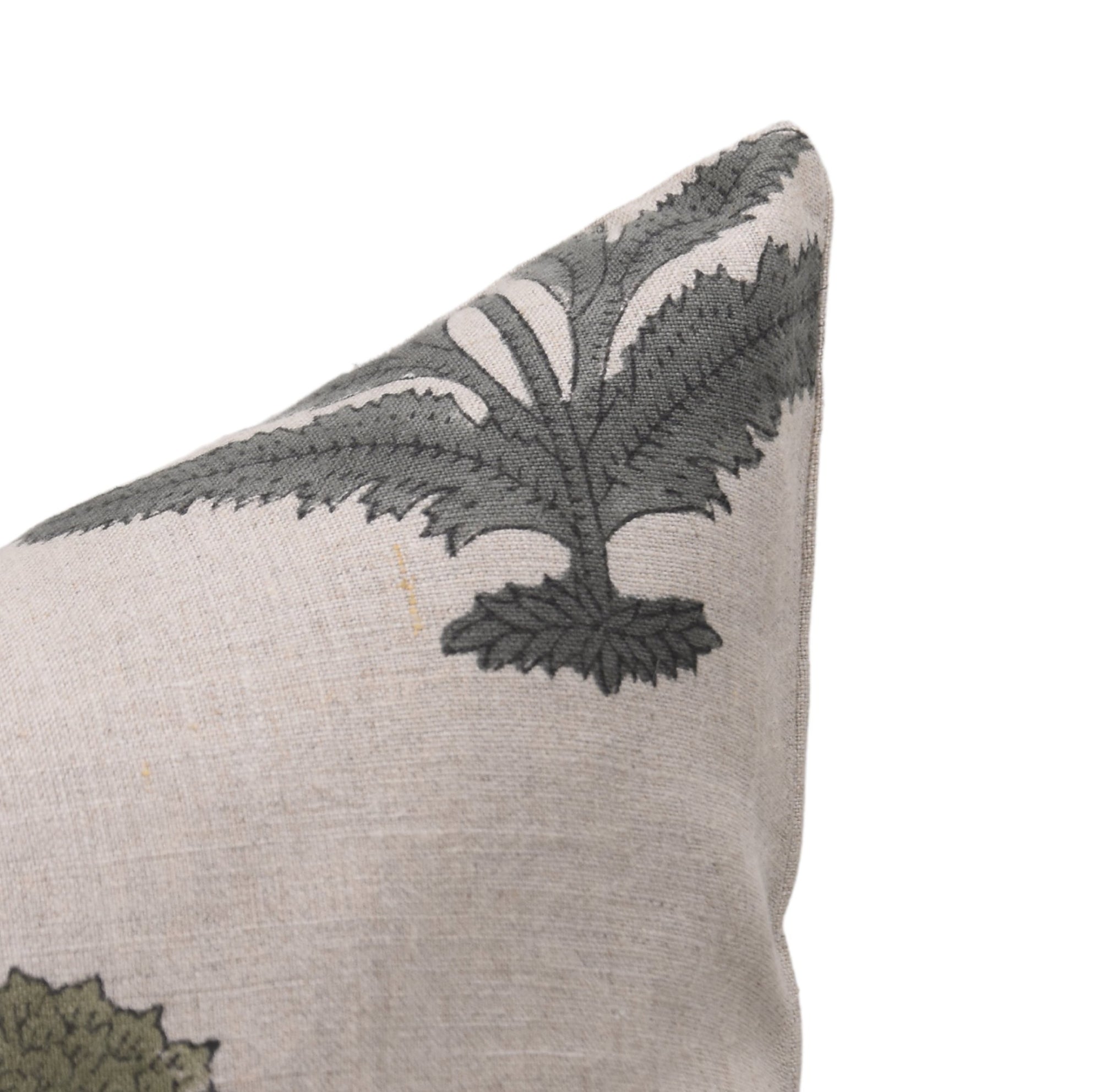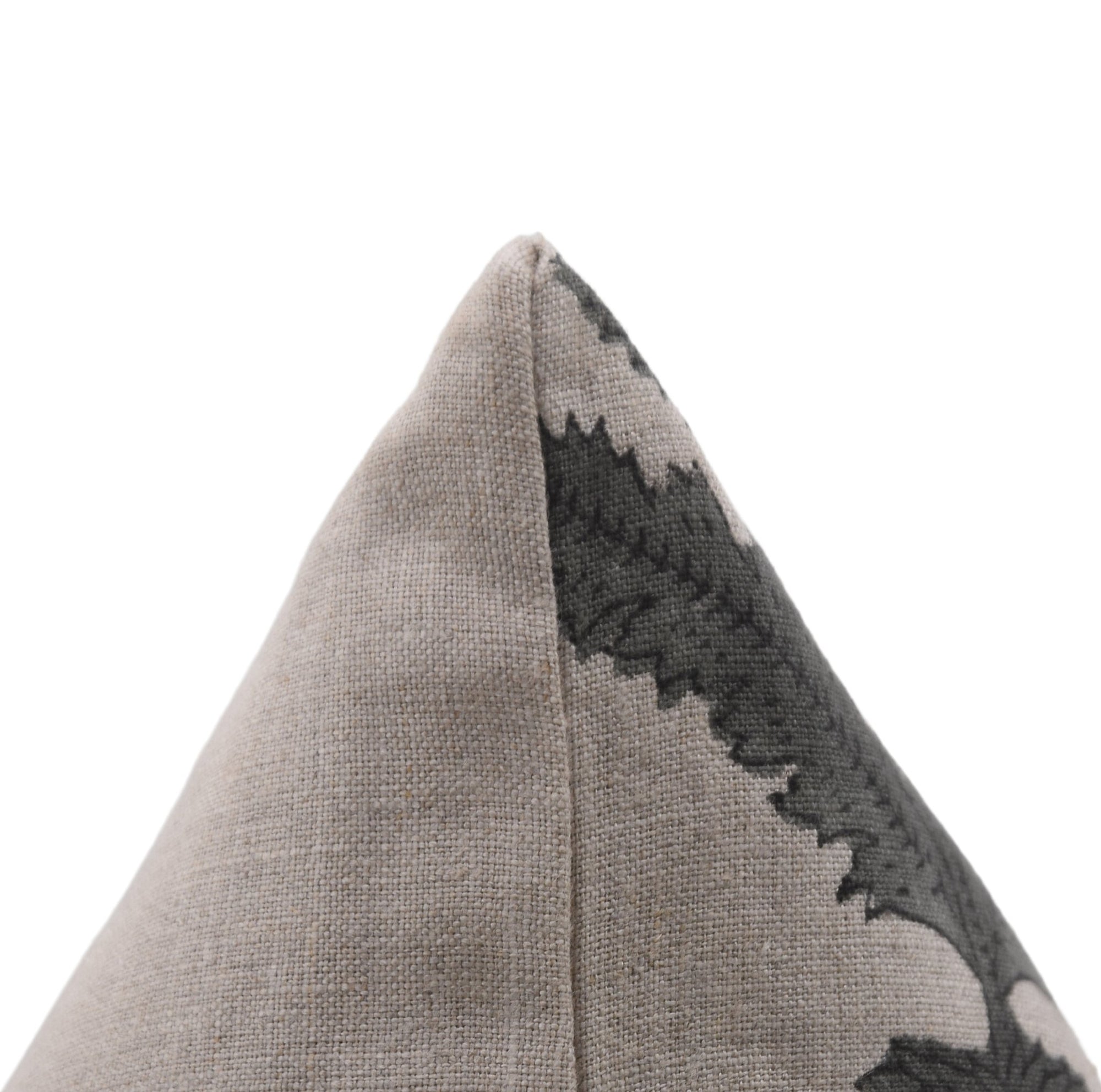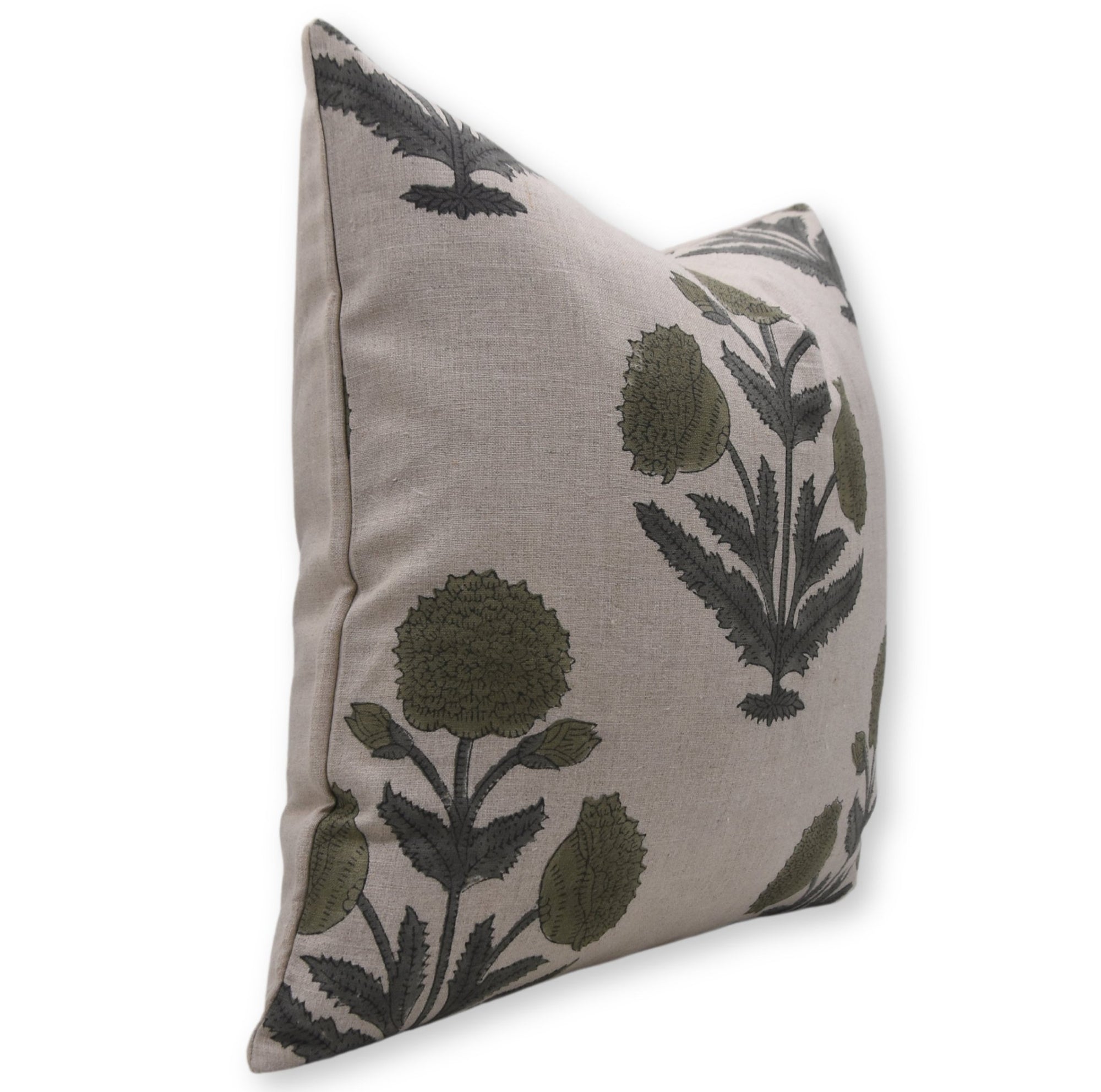When was the last time you took your time to consider when you were going to clean your pillows? So, I am going to guess that if you are like most people, the answer is likely – no, not in a while. But let’s be real – your pillow is far from just being the cushion for the head. Many people keep pets at home which can harbor a variety of infections, bacteria, and dust mites and can cause health issues or even decrease the quality of your sleep.
At Fabdivine, we try as much as possible to make your home to be as fresh as you want it to be. This is why you need expert advice on the proper way to wash your pillows so that it not only makes your home cleaner but also healthier. No matter if you’re using cotton or linen pillows or luxurious down-filled ones, following these steps will let you get the most out of your new pillows. Therefore, it is time to explore the subtleties of pillow care—because you should get more than just being thrown into the washing machine and dumped out!
In this case, you should change your pillowcases and pillow covers frequently, Launder them as often as you possibly can
A pillowcase is the primary barrier through which dust, sweat, oils, or other allergens get in contact with your bed linens. Sleeping on this kind of pillows can be very dirty, and thus washing them often is very important to eliminate bacteria that may accumulate on them. A National Sleep Foundation study estimated that pillows gather up to 10% of their weight in dust mites and other allergen material after two years of usage. Yes, you read that right. Therefore, it is advised to wash pillow covers every 1-2 weeks if you are allergic to dust or have allergies regularly. These are easy tasks that will effectively eliminate the build-up of germs on your pillow.

Pro Tip: Wash your pillowcases more frequently, it is also advisable to use hypoallergenic pillowcases. These covers are an added layer, they do not require frequent washing and cleaning to meet such needs.
Wash Your Pillowcases (But Don’t Forget About the Pillows Themselves!)
It is now possible to upgrade the field of pillow cleaning to a new level. However, besides the pillow covers, it’s also important to wash the pillows themselves. Over time, oils from your skin, body sweat, and from other sources find their way into the pillows thus becoming breeding zones for bacteria and other unpleasant things. Pillows should be deep-cleaned depending on how frequently they are used – every 3-6 months to avoid buildup.
Here’s how to clean your pillows:
• Check the Care Tag: It is the same case with the pillows because various materials call for a range of cleaning procedures. For instance, memory foam pillows should not be washed with the help of a washing machine as it is fatal for their shape. However, they should be cleaned individually either with a mild detergent or then rinsed with a vacuum cleaner to eliminate dust.
• Machine-Washable Pillows: If the buttons on the pillows are down, feathers, or polyester, they should be machine-washed using a gentle cycle on mild detergent. It is preferable to wash two at a time to maintain a balance for the washing machine. Put two or three clean tennis balls or dryer balls in the dryer to soften the clothes as well while drying.
• Dry Thoroughly: Mold and mildew should not be allowed to grow on pillows; therefore, pillows should be dried fully. One of the best secrets in clothes care is drying your clothes on low heat and always fluffing up the garments before using the dryer. If you want to have the pillow as fresh as new again, make sure you dry it in the sun.
This part involves the elimination of bad odors using natural ingredients Only true
This may seem ridiculous, but even the clean and nicely looking pillows can hold the bad smell. That’s because pillows are in direct contact with our bodies, which is why pillowcases get sweaty, oily, or sometimes even drooling. To freshen them up, try these natural deodorizing methods:
• Baking Soda: Using a sieve spread baking powder on your pillow for at least 15 minutes before vacuuming the powder. This small component can wick moisture and eradicate bad smells making your pillow fresh.
• Essential Oils: A great tip is to make your pillow smell nice by applying a mix of lavender or eucalyptus oil on a cotton pad and placing it in the pillow. Often these oils have germ and bacteria-fighting elements in them and hence it is natural to fight germs and bacteria.
Organize the Wardrobe Space using Pillow Protectors for Long Term Cleaning
Any person who has taken care not to wet the pillow and to replace it with a clean one knows about pillow protectors. These are not the same as pillowcases as they work as an outer layer that shields the pillow from filth, dirt, sweat, and allergens from penetrating the pillow. Pillow protectors are very cheap and can help you get the most out of your pillows if used appropriately.

(Sleep.org) says on the matter that a good pillow protector can increase the longevity of your pillow by as much as 50% and help you avoid washing it as frequently. Especially for people with allergies or sensitive skin are extremely beneficial because they act as a barrier between you and your pillow.
These particular pillowcases provide additional cleanliness and are put in a Pillow Sanitizer
Cleaning is however even easier in today’s society because of technology. From cleaning gadgets, we have pillow sanitizers which are smart products that employ the use of UV-C light or steam to eliminate bacteria, dust mites, and other allergens that may be hiding in your pillow. If you are lucky enough to be thinking of a way to keep your pillow free from germs it is good to consider the pillow sanitizer. Certainly, it will be effective in removing dangerous bacteria but it will also remove stains from your pillows without washing them.
Fun Fact: UV-C light kills bacteria and viruses to up to 99.9%, according to the American Cleaning Institute, and, therefore, is useful for ensuring your pillows are clean.
Mind Your Pillow’s Material
Most people do not know that not all pillows are the same and the material used determines how easy it is to clean. For instance, cotton or linen pillows can be washed and usually are not so hard to clean compared to those made of down or memory foam. When deciding to buy new pillows be sure to get ones that are easy to wash in a machine and ones that do not leave dust or create dust mites. This will ensure that your pillow is clean but also assists bacteria hence avoiding allergies.

Great quotes about Pillow Cleaning
Somehow it has become wise to state that clean pillows are not merely the ultimate comfort or luxury, but they also are the means for proper sleep hygiene. – Marla Esser Cloos, Sustainable Living Expert, 2023 “If there are no regular cleanings to a pillow, then it is all fair game for dust mites in bed!” – Jessica O’Brien Occupation: Cleaning Specialist Year: 2022
Conclusion: A Cleaner Pillow Would Ensure a Healthier You
That is why pillow cleaning is more about routine and correct approaches to handling it than something else. Daily, you should wash your pillowcases, every week, you should wash the pillows and ideally put pillow covers that you should also wash frequently. It is also important to use nontoxic deodorizing techniques and maybe purchase a pillow. Just like that, the germs will be out of your life and you can look forward to better quality sleep each night.
At Fabdivine, you can be assured of comfort all through because we provide you with the very best and that includes changing your pillow and pillow covers. Adhere to these expert guidelines thereafter relax knowing that your pillows are clean as they can be free from germs!
FAQ’s
1. How often should I clean my pillows and pillow covers?
Ideally, it is advisable to wash your pillow covers every one to two weeks to have them clean from dust, oils as well as allergens. The pillows themselves should be deep cleaned, no less frequently than once in 3-6 months, depending on the usage and stuffing. This will ensure they last long and help clients who will have better sleep quality.
2. Can I wash all types of pillows in the washing machine?
No, not all pillows are washable, especially not in a washing machine. Memory foam pillows should not be washed in the washing machine because doing so will have detrimental effects on the pillows. However, the spot cleaning them with mild detergent or vacuuming them to clean dust should suffice. However, the down, feather, and polyester pillows are expected to be washed by a washing machine with less pressure on"). It is always important to wash the garment according to the care tag already provided.
3. What’s the best way to remove odors from pillows?
Empty a small bowl with baking soda on your pillow and leave it uncovered for 15-20 minutes then vacuum it. Lining the area with some fresh cotton can be accompanied by several drops of natural scents such as lavender or eucalyptus on a cotton ball placed inside the pillowcase. This serves to break the odors and introduce desirable fragrances into the room.
4. Are pillow protectors worth the investment?
Absolutely! Pillow protectors add another layer of protection against dust mites, allergens, and sweat, which means your pillows stay cleaner for longer. As per the few learned people around, the use of such protectors helps to increase the durability of a pillow by as much as 50 percent. They are particularly useful for persons with skin problems such as allergies and skin sensitization.




